Lori was up for a run before work while Noe and I slept-in back at the guesthouse. At first glance, Phonsavan seems like a great place to go for a run, until you realize the air is thick with smoke in the morning, and Phonsavan dogs are particularly not fond of runners.
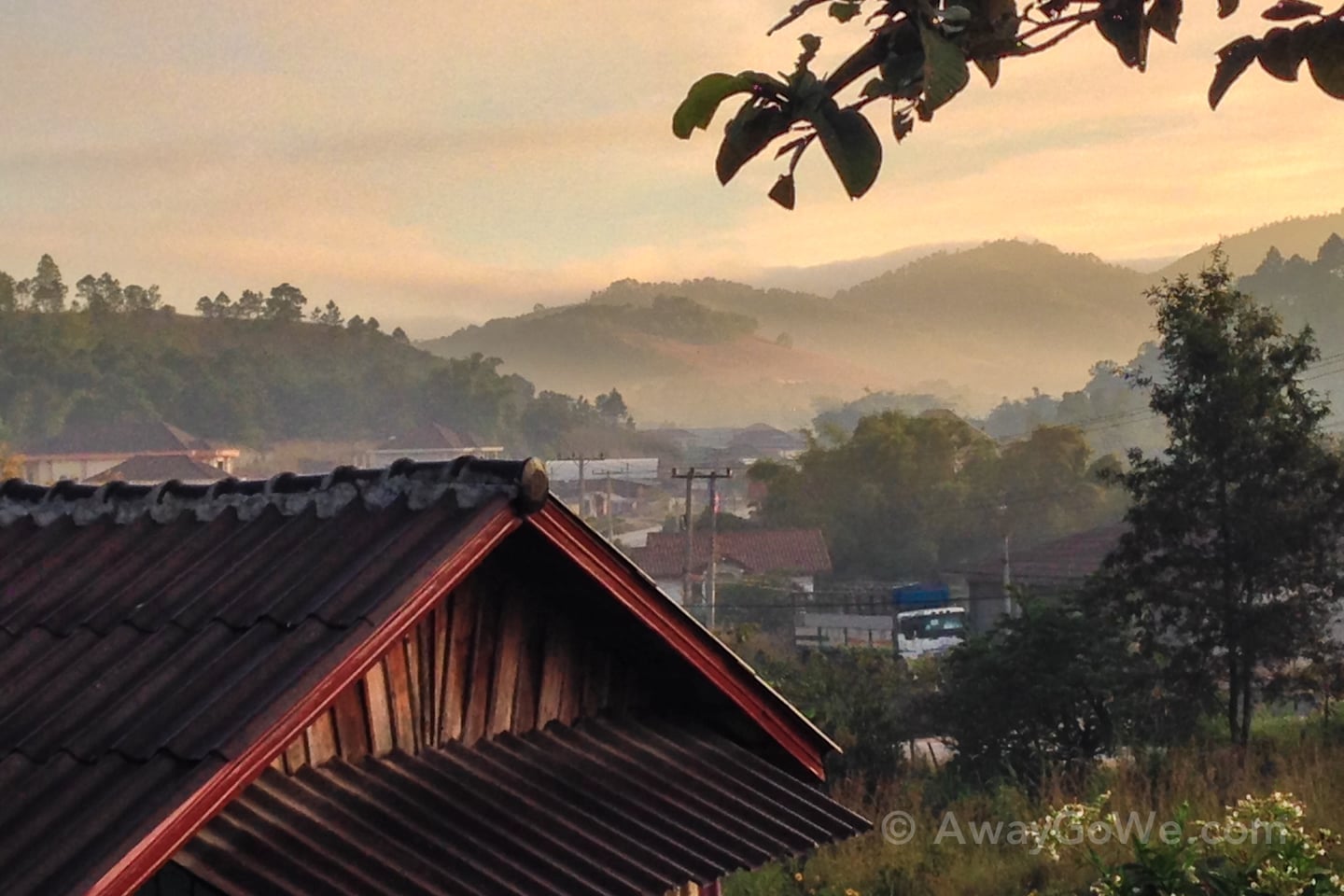
And you probably wouldn’t want to do a lot of trail running in the countryside unless you’re pretty certain your routes have been cleared of UXO. Other than that, it’s a runners paradise.
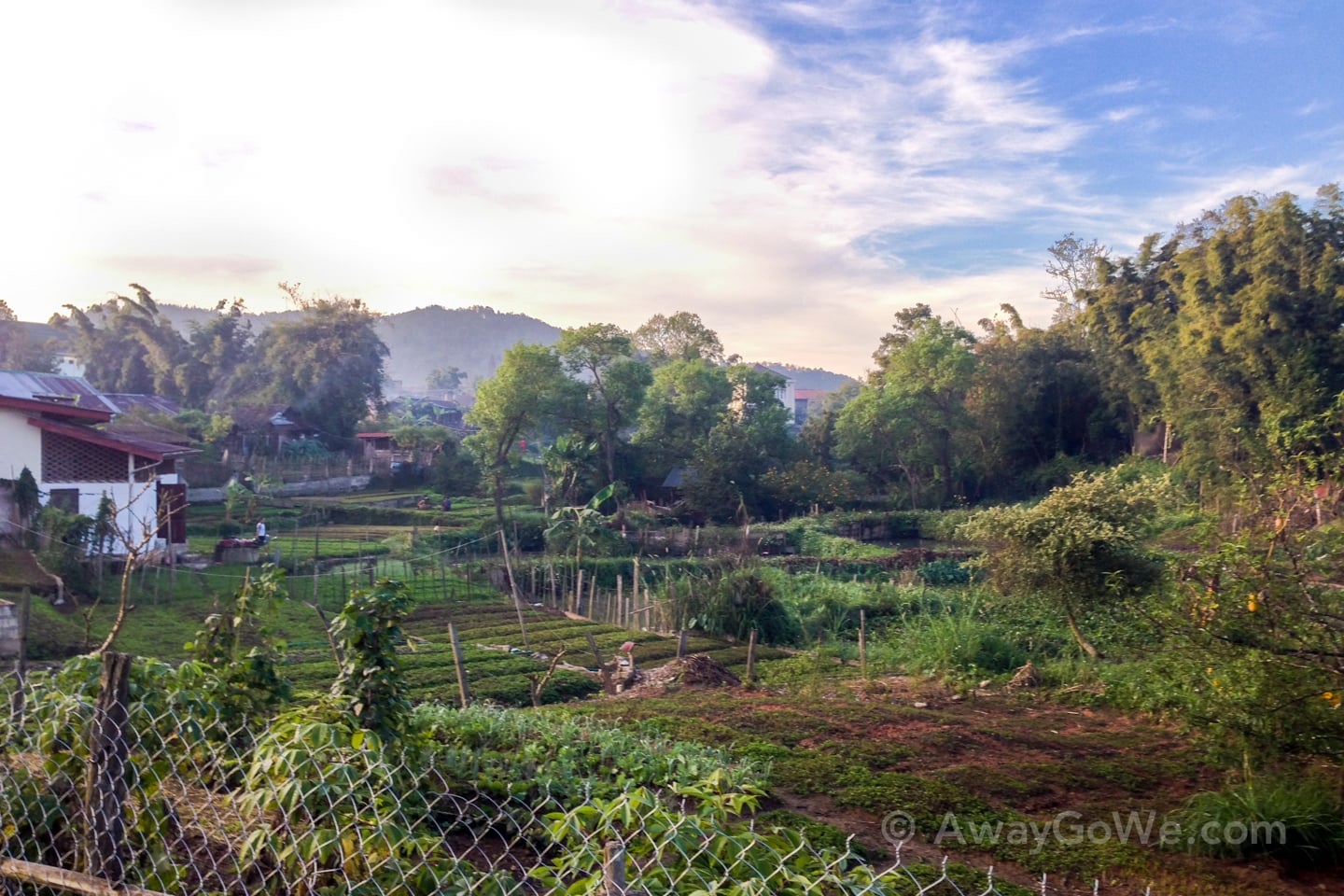
Ah, the Tak-Tak, or Iron Buffalo — the eccentric and pervasive workhorse of Southeast Asia. Two-wheel tractor in the plowing season magically transformed into a primary vehicle for the family the rest of the year. Four years ago, Tak-Taks far outnumbered automobiles in rural towns and villages all over Laos, but that’s quickly changing.
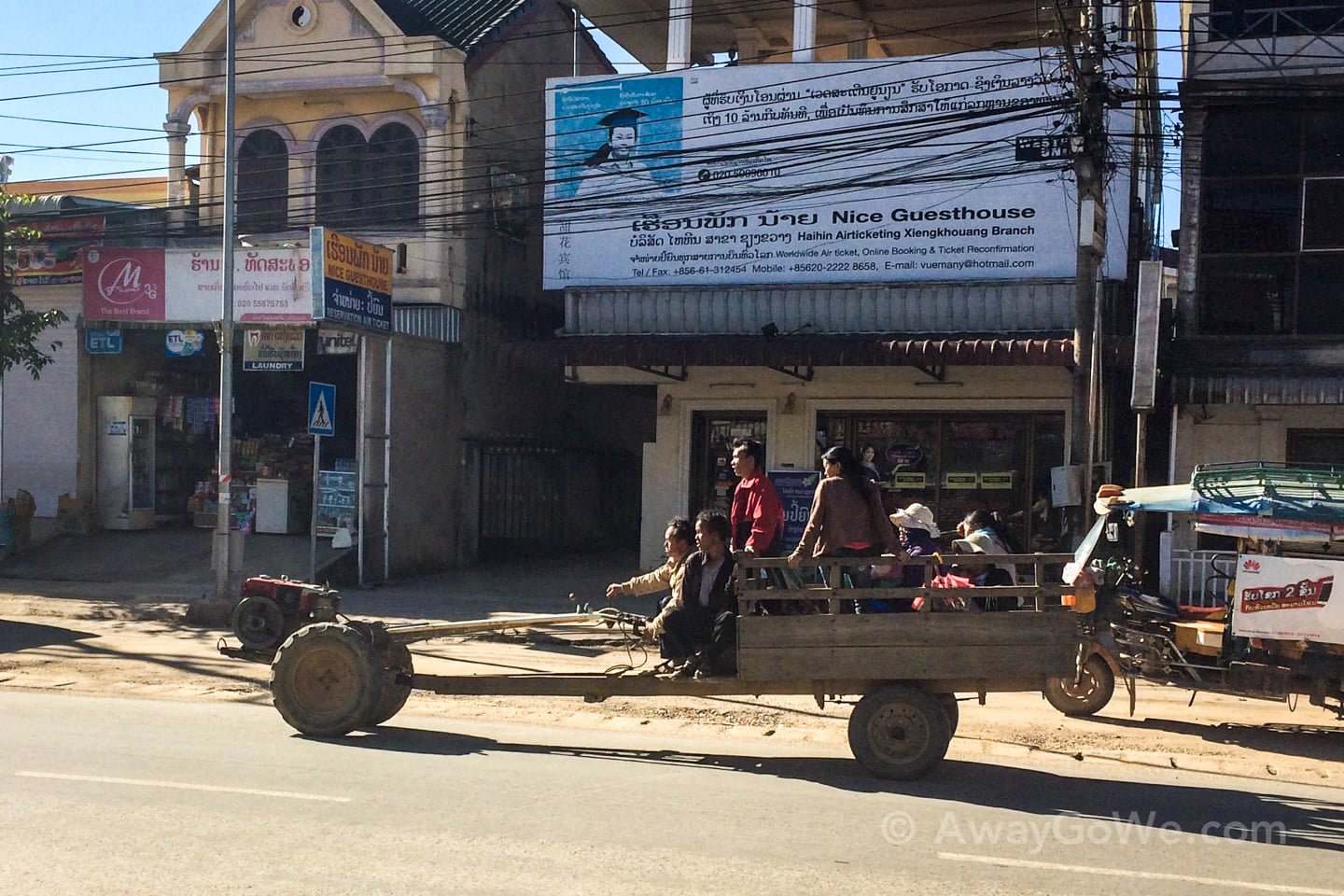
Lori’s work crew was due to fly out in the late afternoon, but Lori and I planned on staying through the weekend to explore more of the region. The group managed to finish up their work obligations at lunch time and had a few hours until their flight, so we joined them on a short excursion to the Plain of Jars site just outside of town. But first, we had a delicious lunch at the Somali restaurant…well, actually its called Simmali (and its local cuisine), but I like to call it the Somali restaurant. Not so many East African restaurants in Southeast Asia, but one can dream.
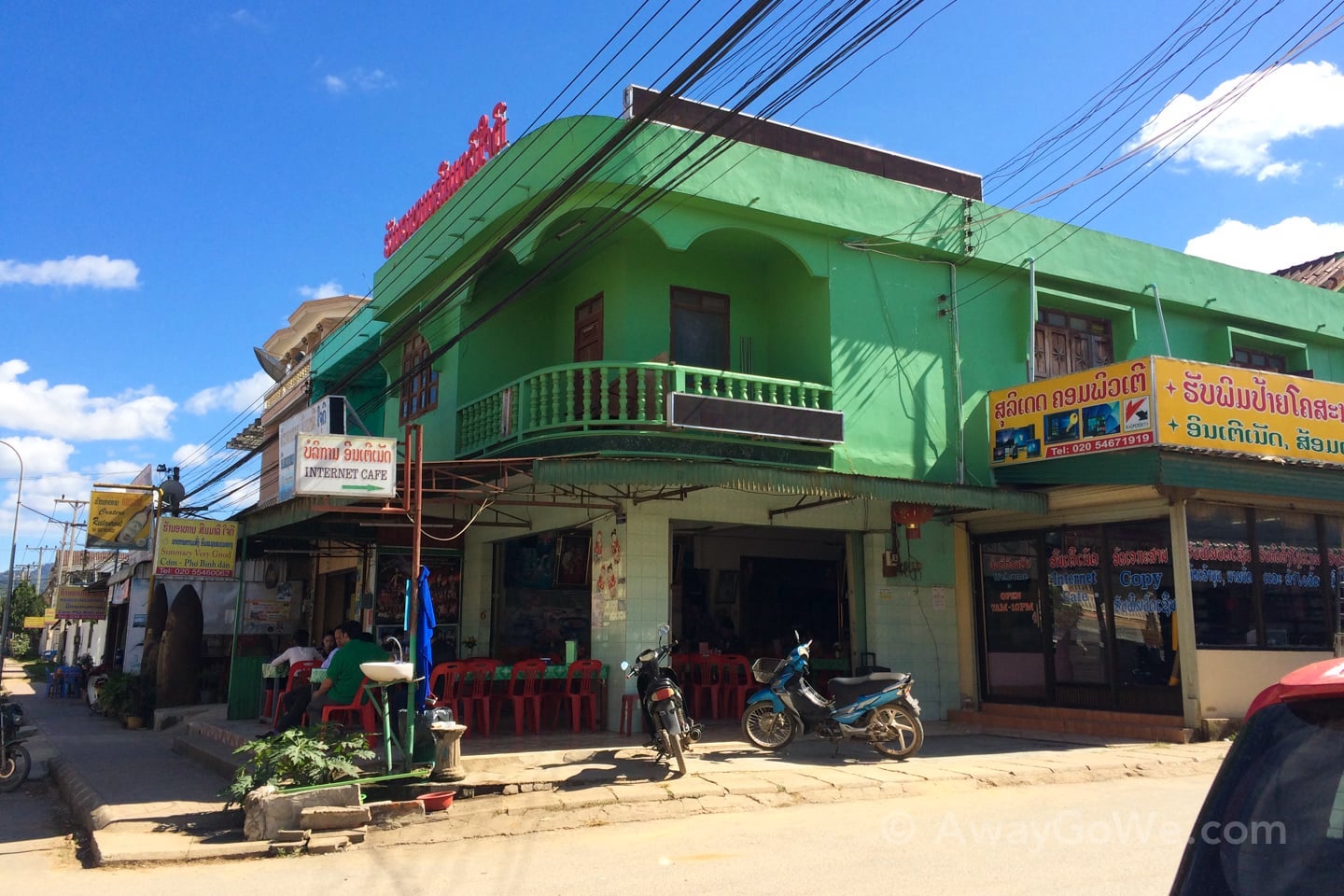
Some of the best Pho we’ve had in Laos so far.
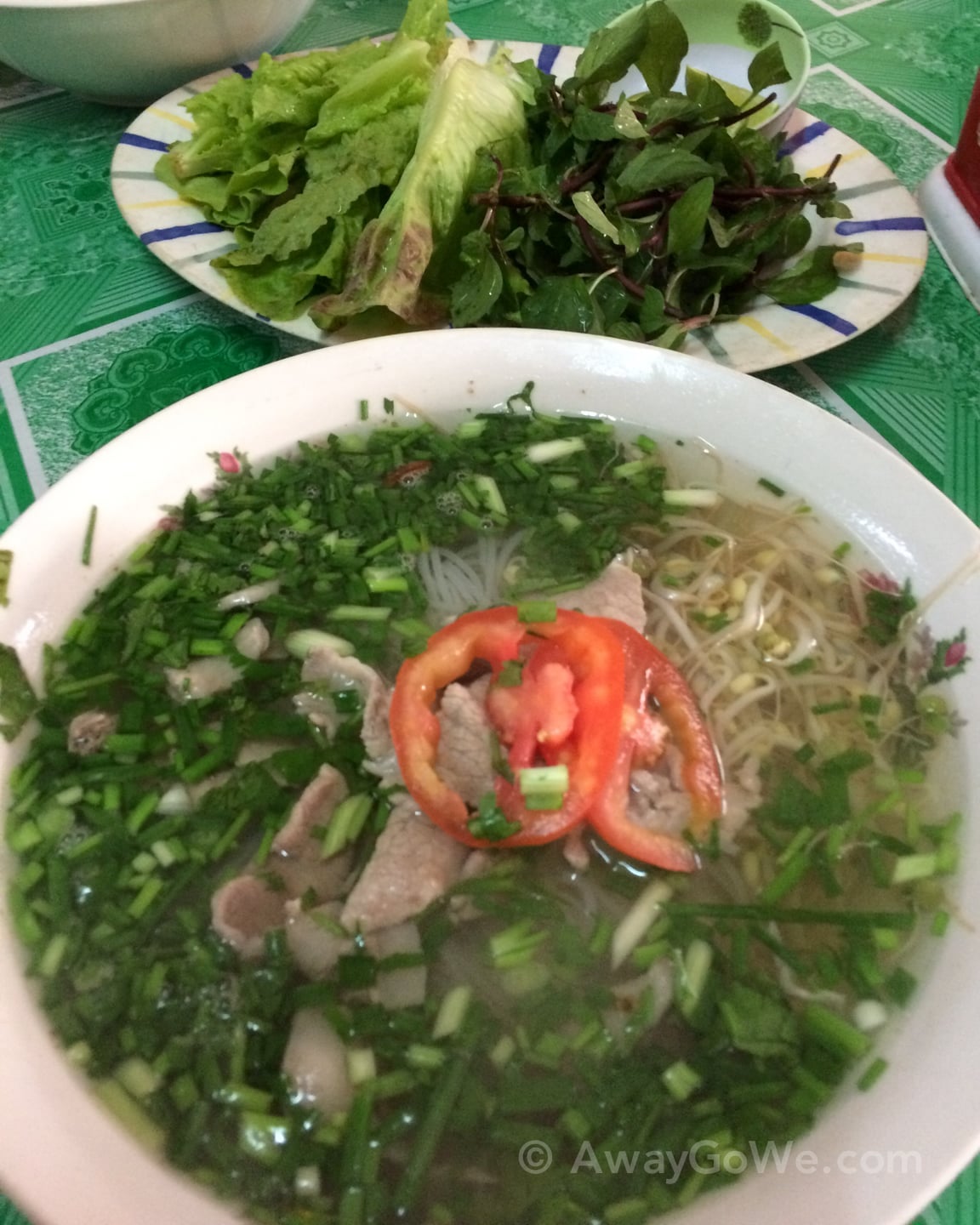
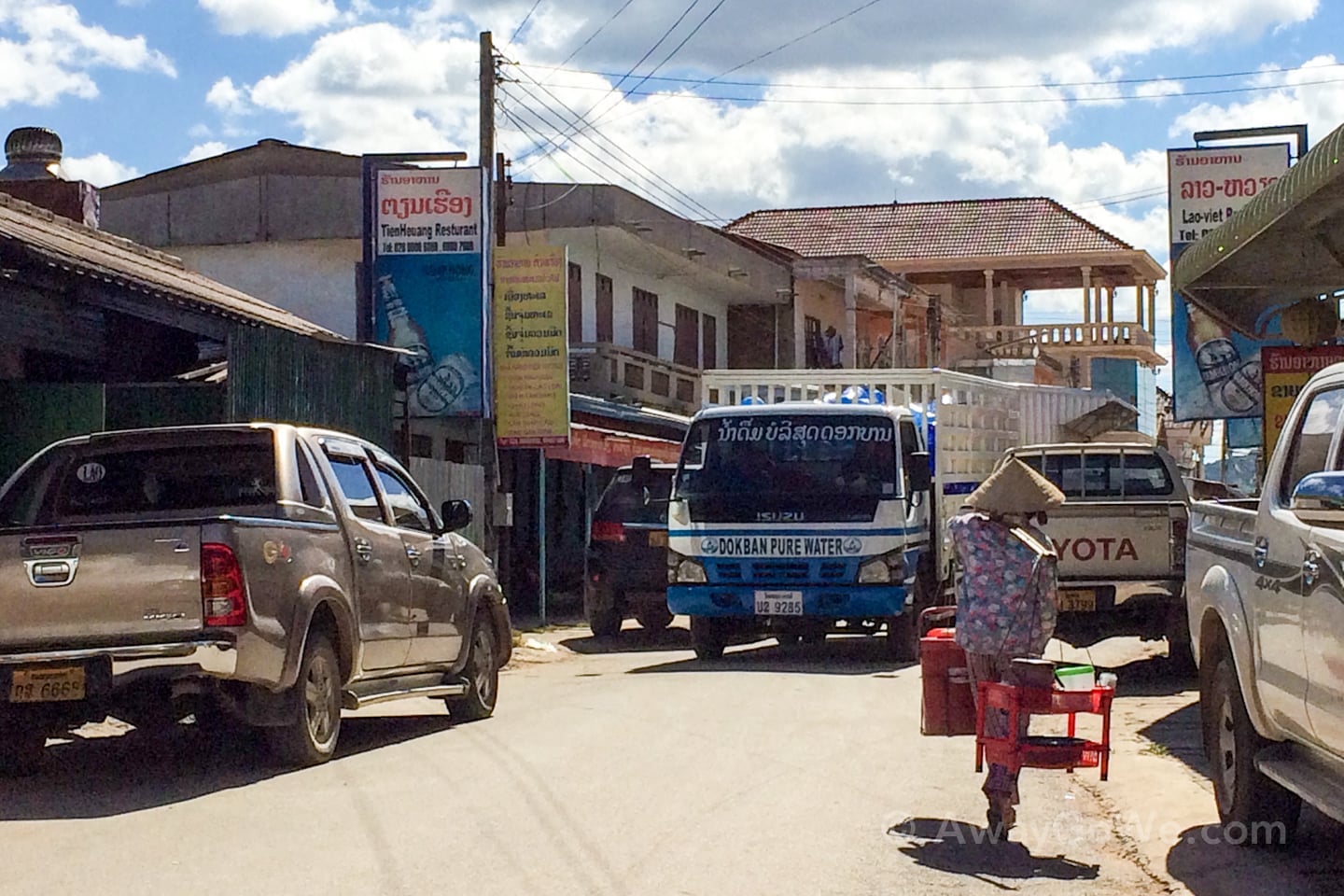
So, the Plain of Jars…
One of the most mysterious and intriguing archaeological sites we’ve come across in our time exploring Asia, Plain of Jars is also one of the most endangered. There are over 90 identified sites scattered across the region, but Site #1, #2 and #3 are the most popular and some of the more accessible.
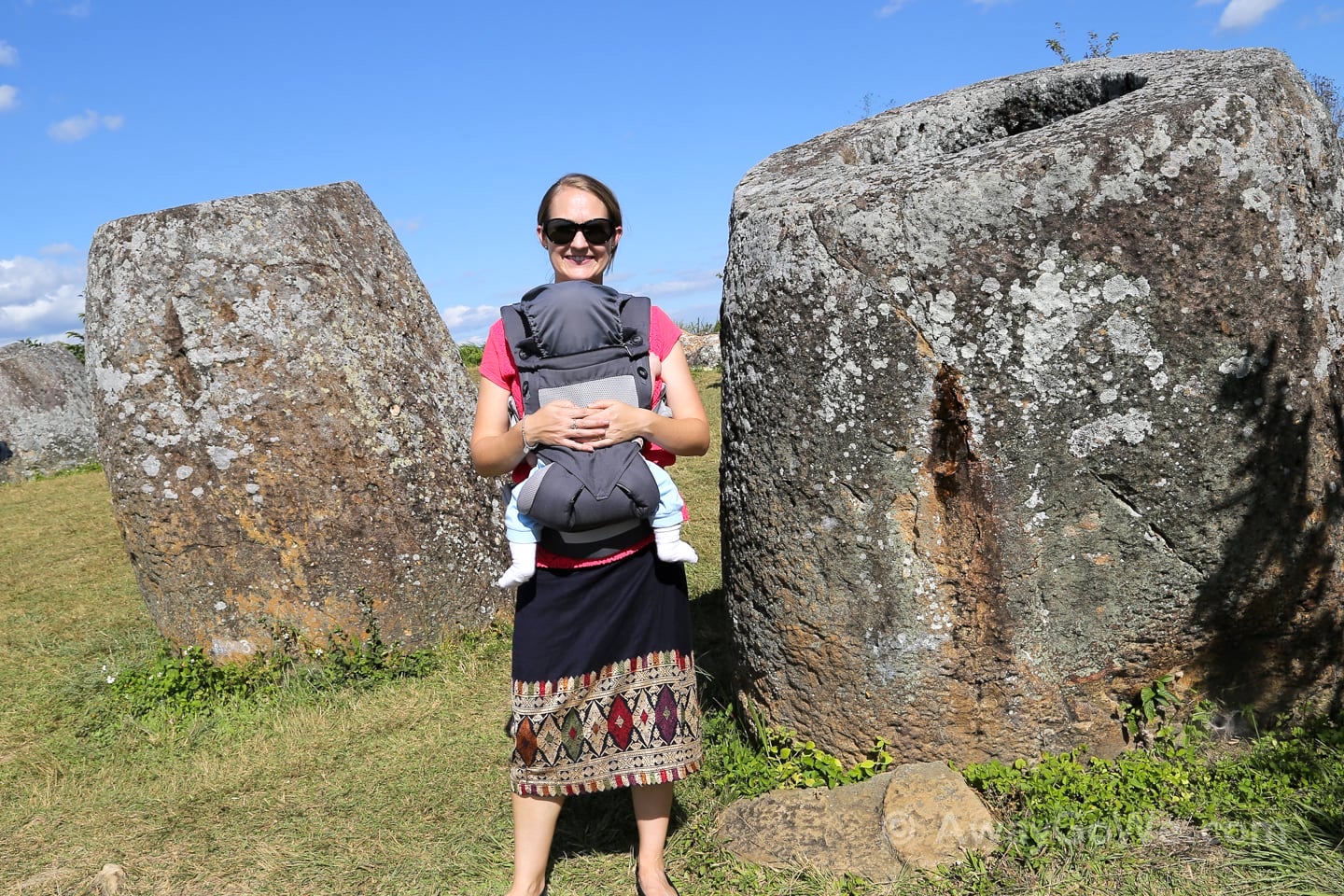
It might not be evident from the rest of the photos, but some of these “jars” are huge!
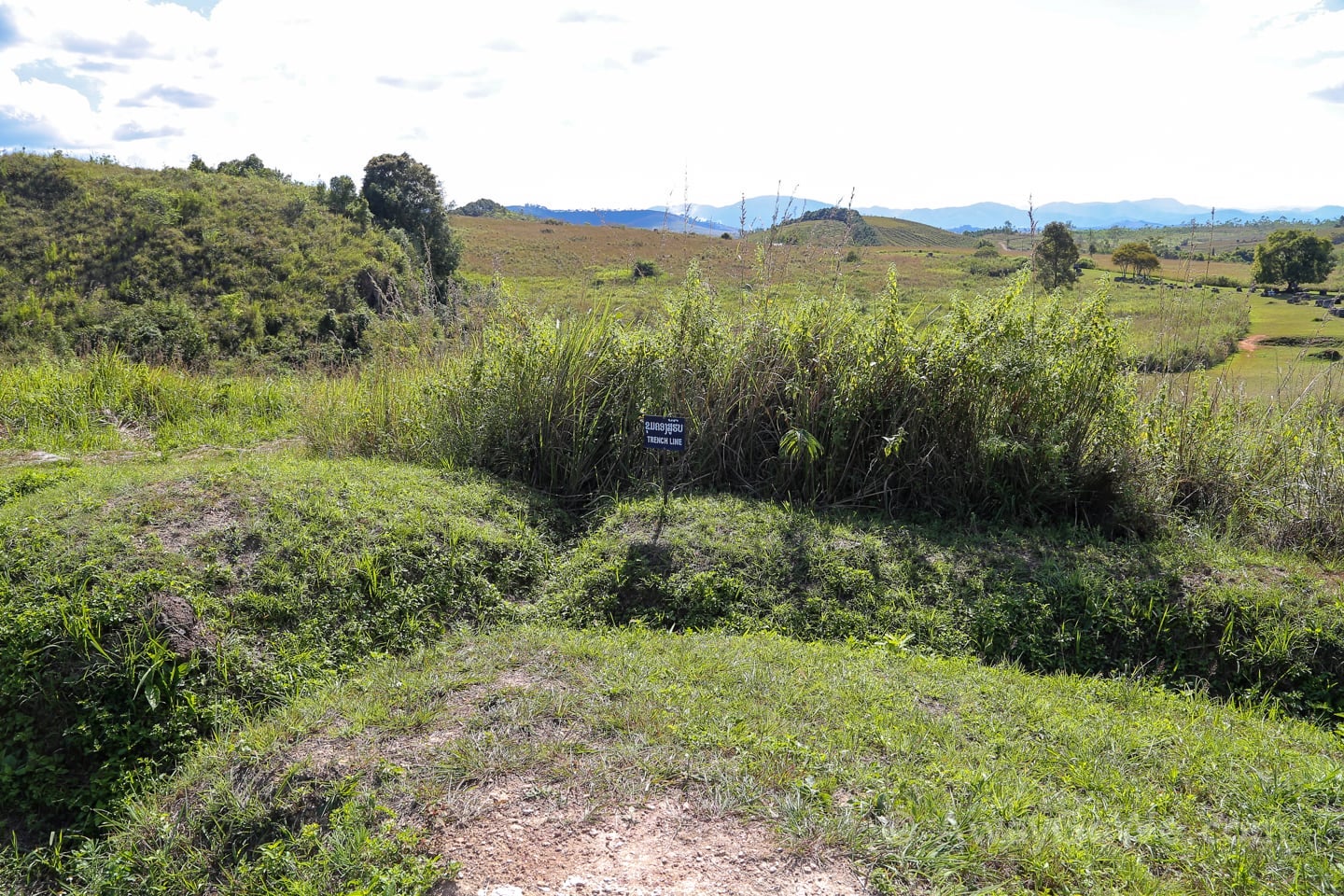
Site #1, the closest to Phonsavan and consequently the most visited, also contains conspicuous reminders of the Second Indochina War in the form of trench lines and bomb craters. The Plain of Jars found itself at the center of U.S. bombing raids in Xieng Khouang. The initial bombs dropped between 1964-1973 caused widespread devastation to the jars and millions of unexploded cluster bombs embedded across the countryside made it virtually impossible to visit the sites for over thirty years, when Sites #1-#3 were finally declared free of UXO in 2005. Still, UXO remain littered throughout dozens of other known jar sites.
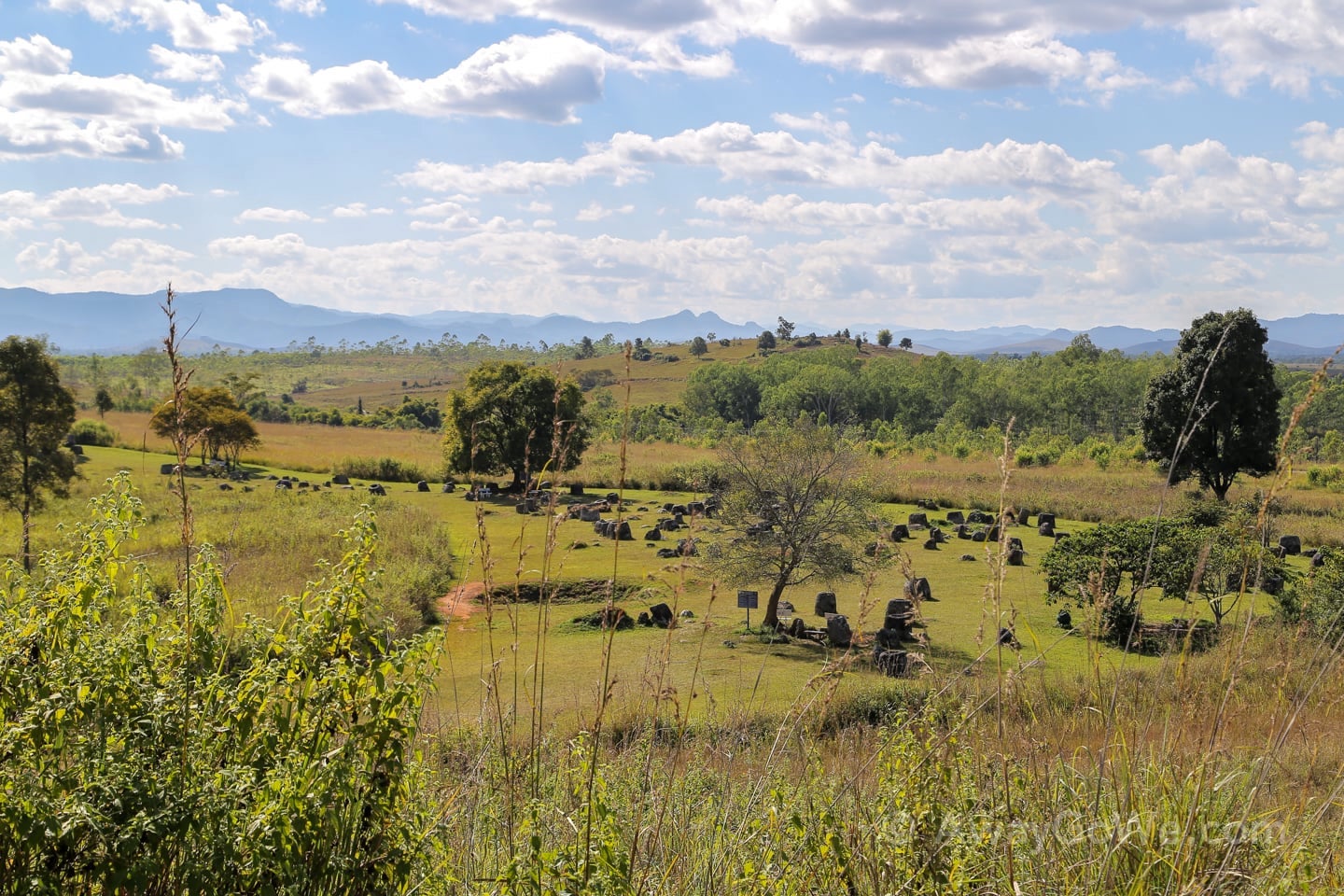
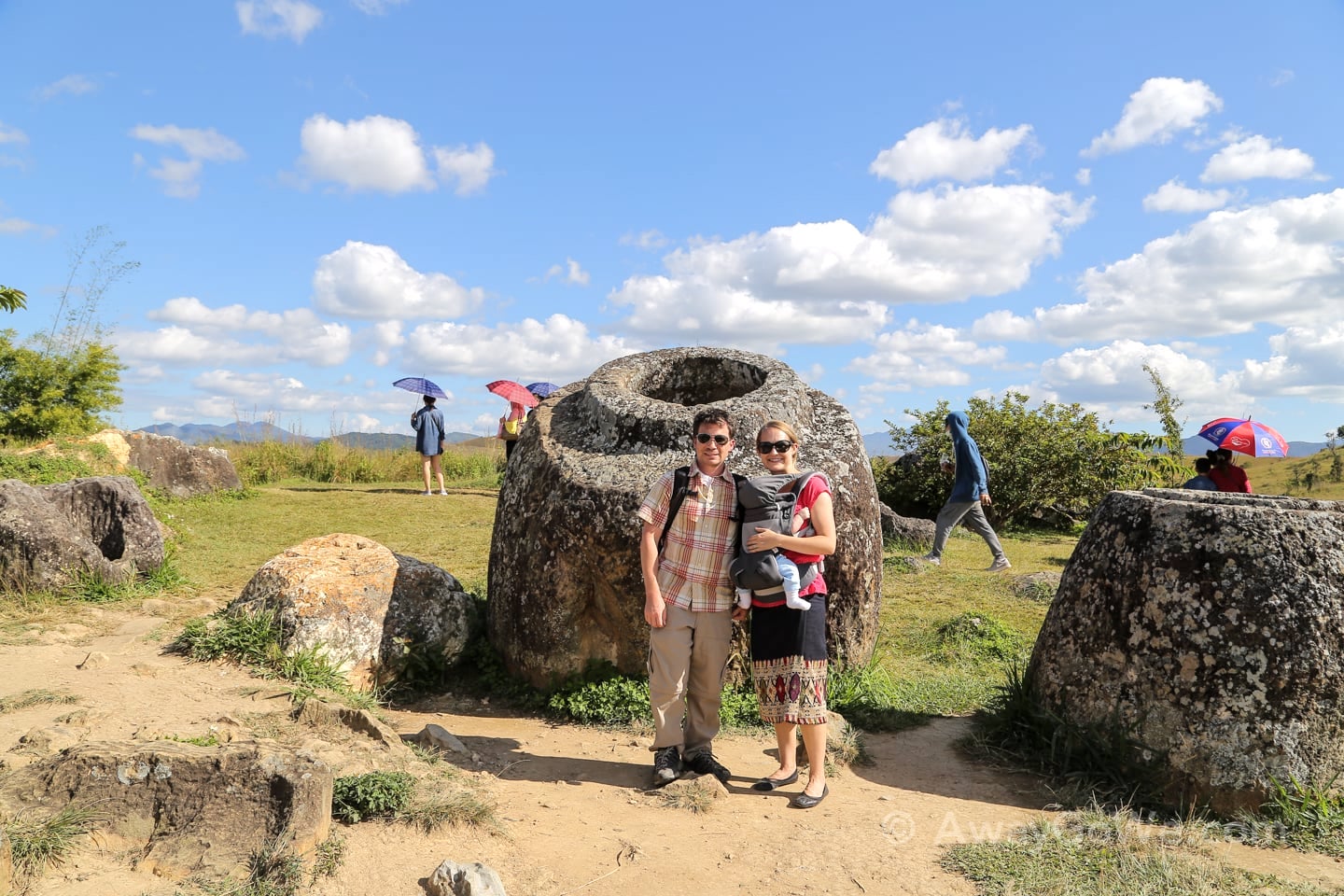
“Whaduya see, Gladys?”

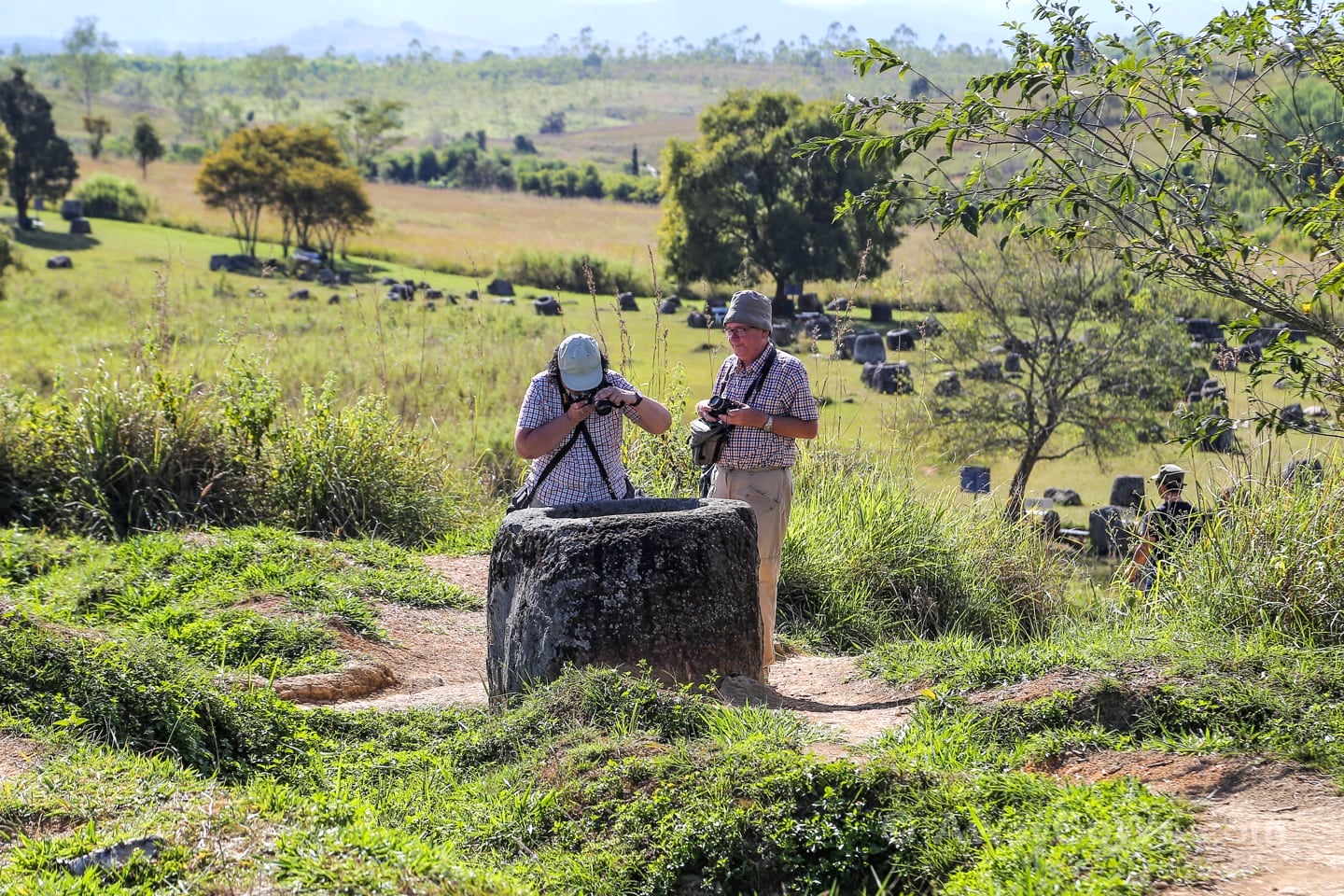
So what exactly are these mysterious “jars?” Well, nobody really knows for sure. But archeologists are pretty certain they date to the Iron Age (500 BC to AD 500). Each of the 90 sites has between 1 and 400 jars, varying from 1m to 3m in height. Each jar is hand-hewn from sandstone and contain a lip on the top believed to accommodate some sort of lid.
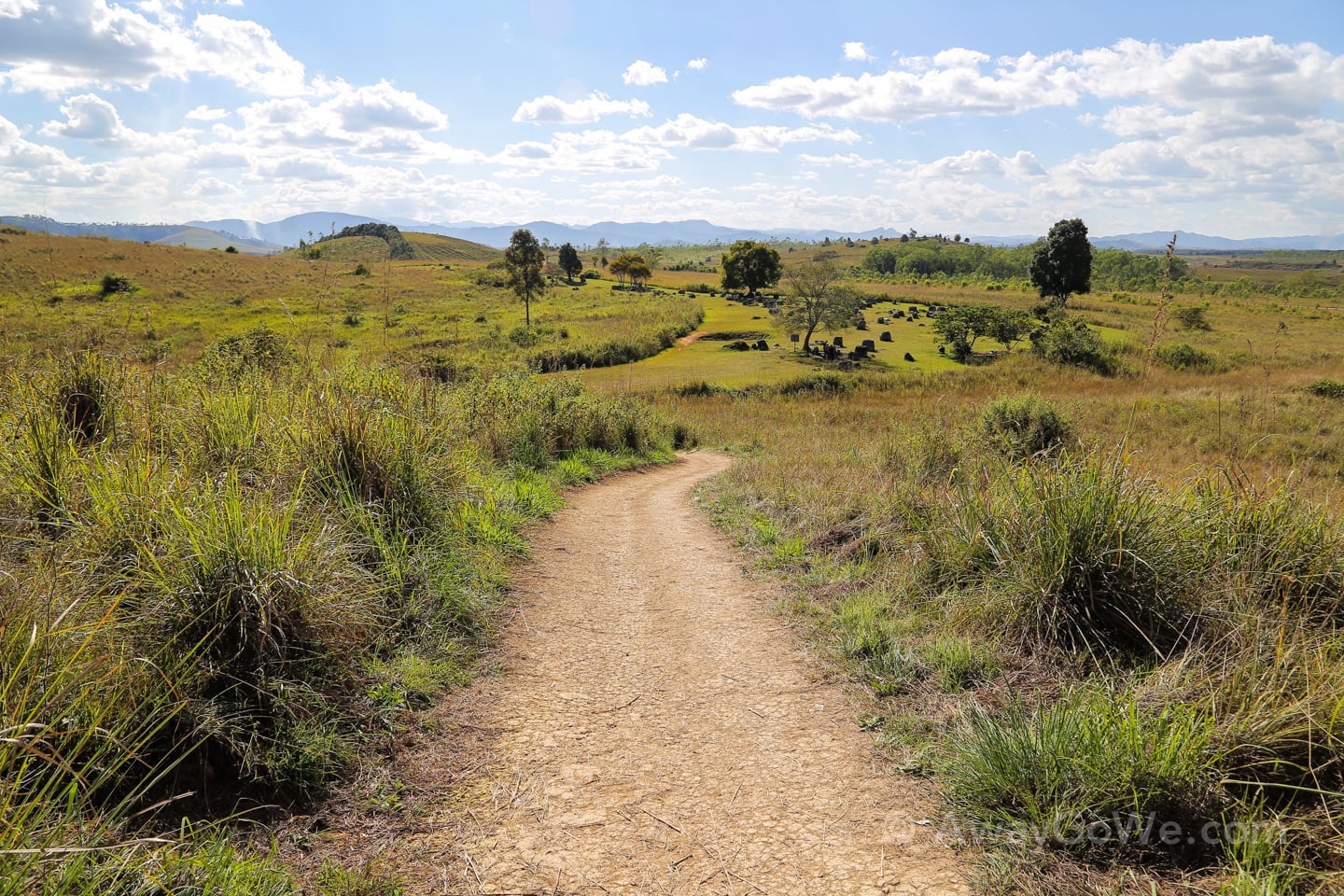
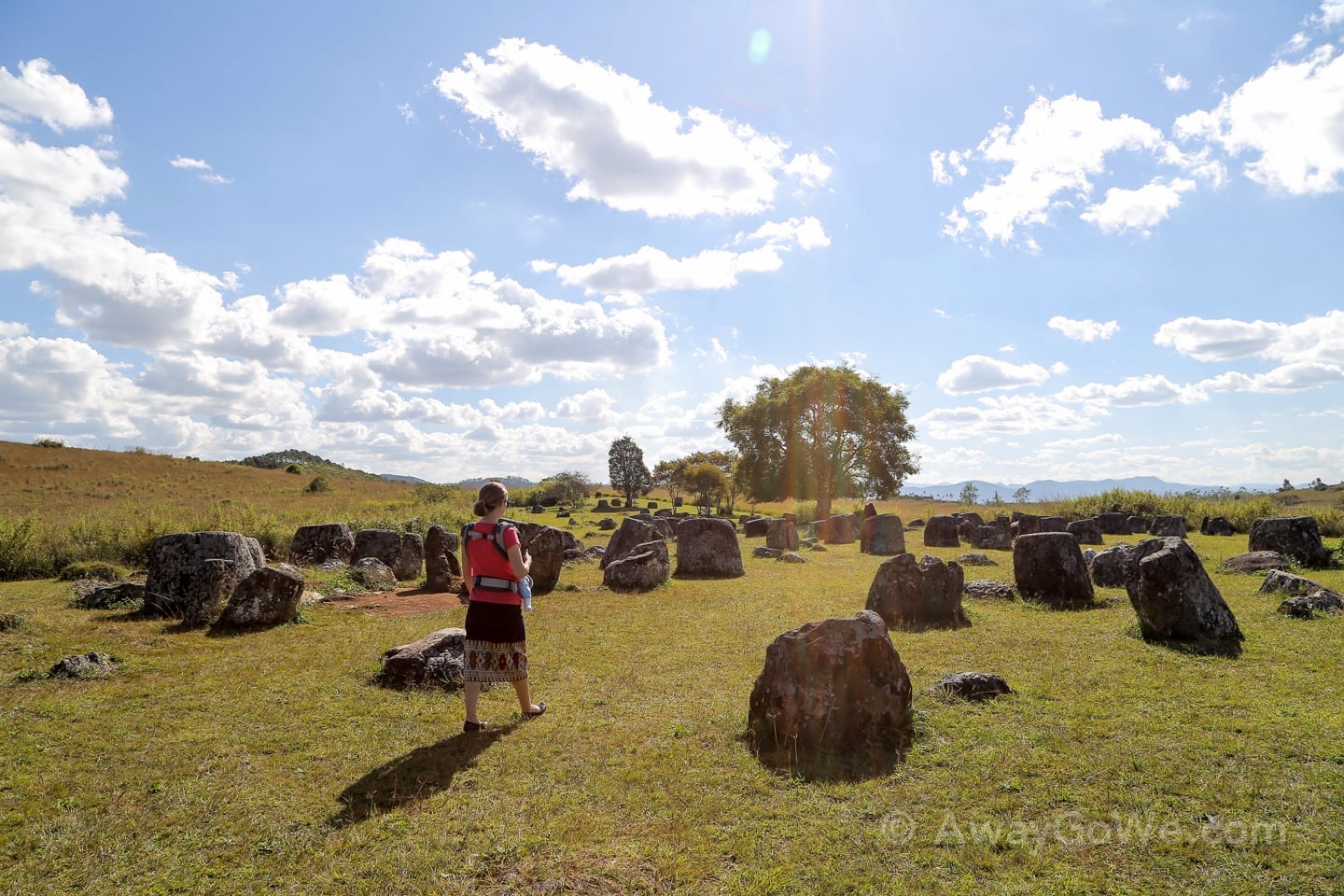
It is commonly agreed upon that the jars are associated with ancient burial practices. Many researchers believe that some of the jars were used to store bodies of the dead until they were reduced to bone, at which time the bones would be given a proper burial in the ground nearby. It is also believe that some jars were used for storage, particularly in the trade of salt and other minerals. Of course, the local inhabitants have their own theories rooted in folklore. The most popular story revolves around a race of giants who inhabited the area long ago. After fighting a long and victorious battle, their king, Khun Cheung, constructed the jars to brew and store huge amounts of moonshine to celebrate his victory. I tend to prefer this theory.
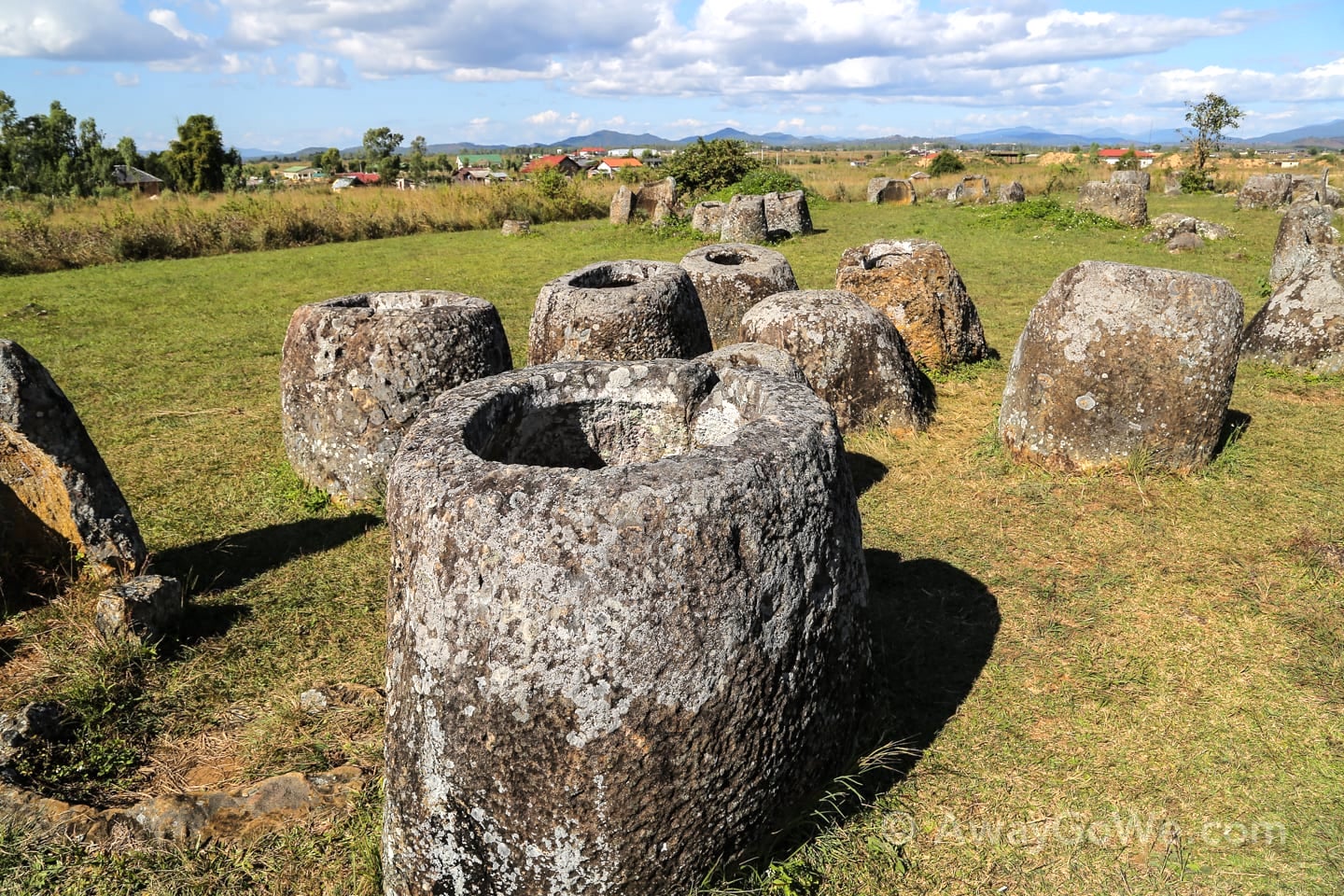
As mentioned, many of the sites were heavily damaged during the Second Indochina War (i.e. American Secret War bombing raids), and numerous unexploded remnants of that time remain.
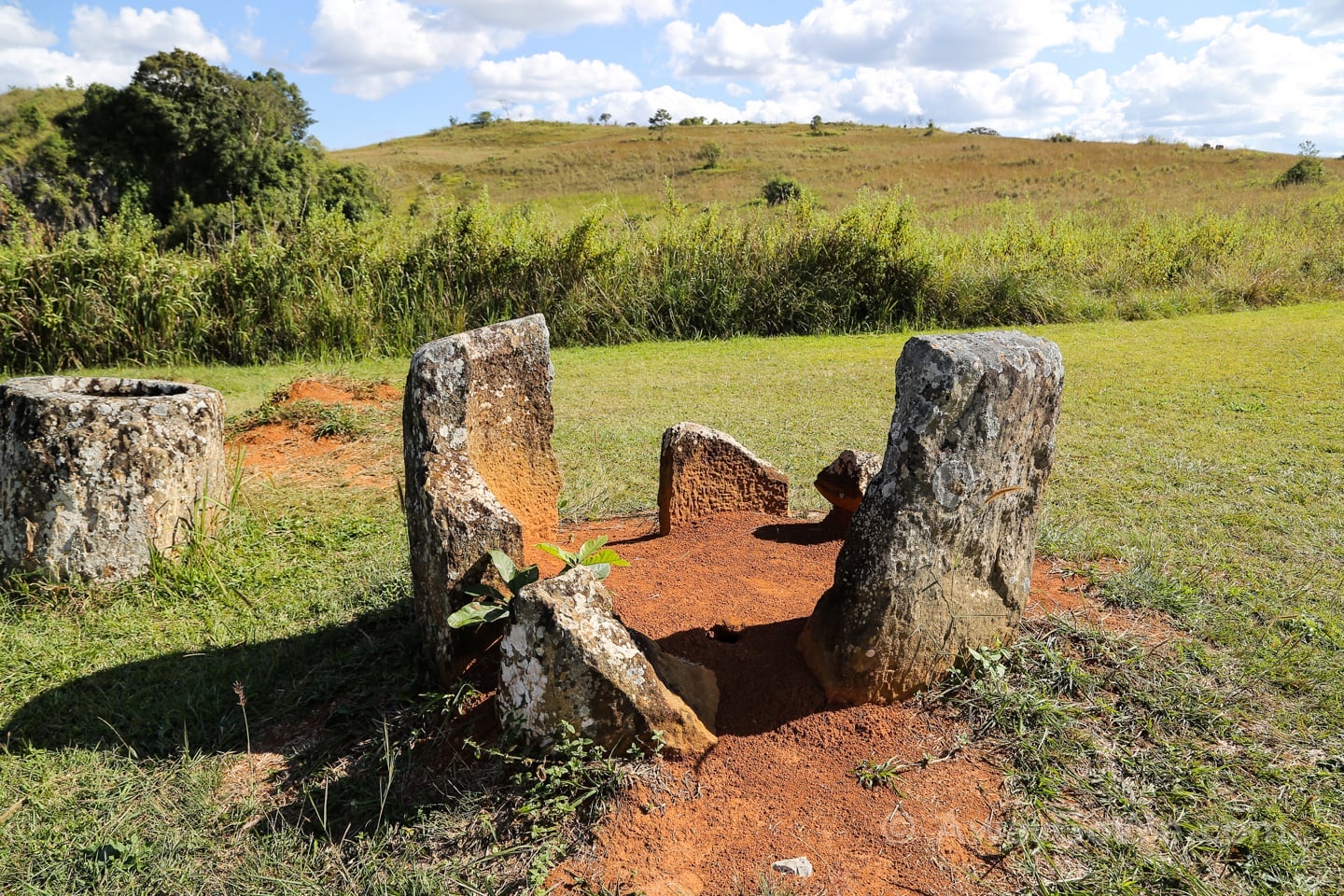
A bomb crater from the war.
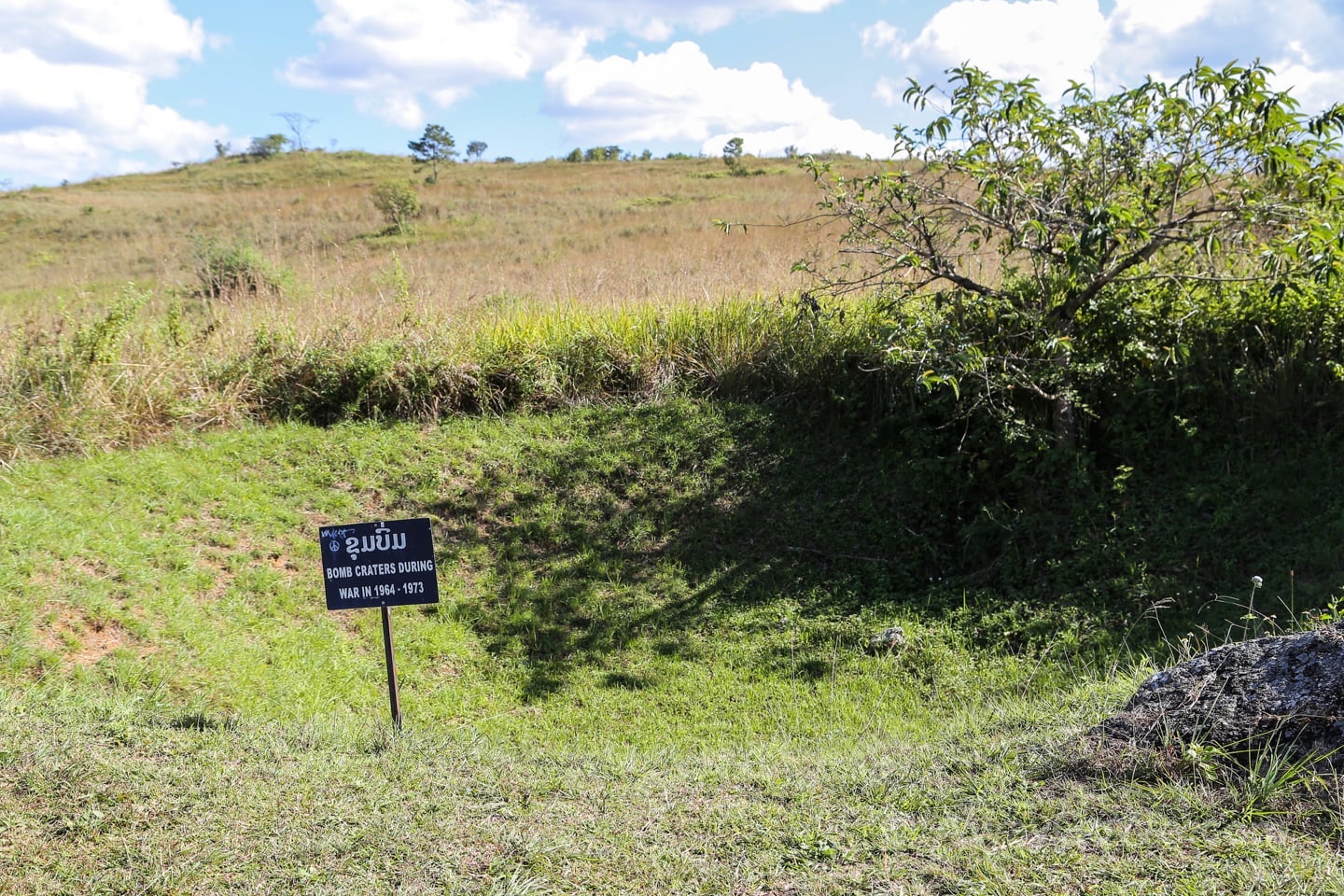
The Plain of Jars is considered one of the most significant archeological areas in Southeast Asia, and as a result has been nominated for UNESCO World Heritage site status. In order to achieve full status, however, the Lao government still has a long way to go in securing and safeguarding the sites.
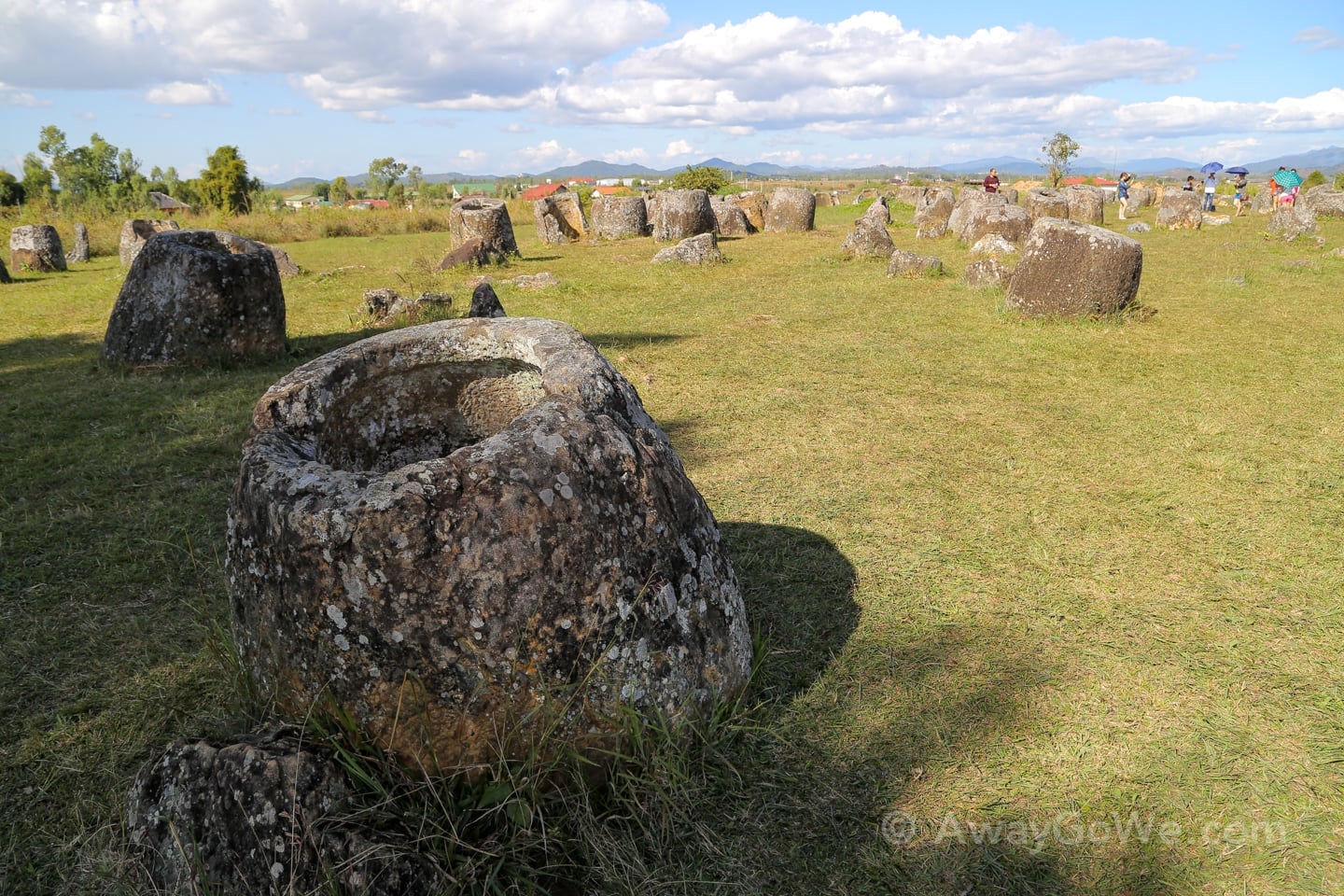
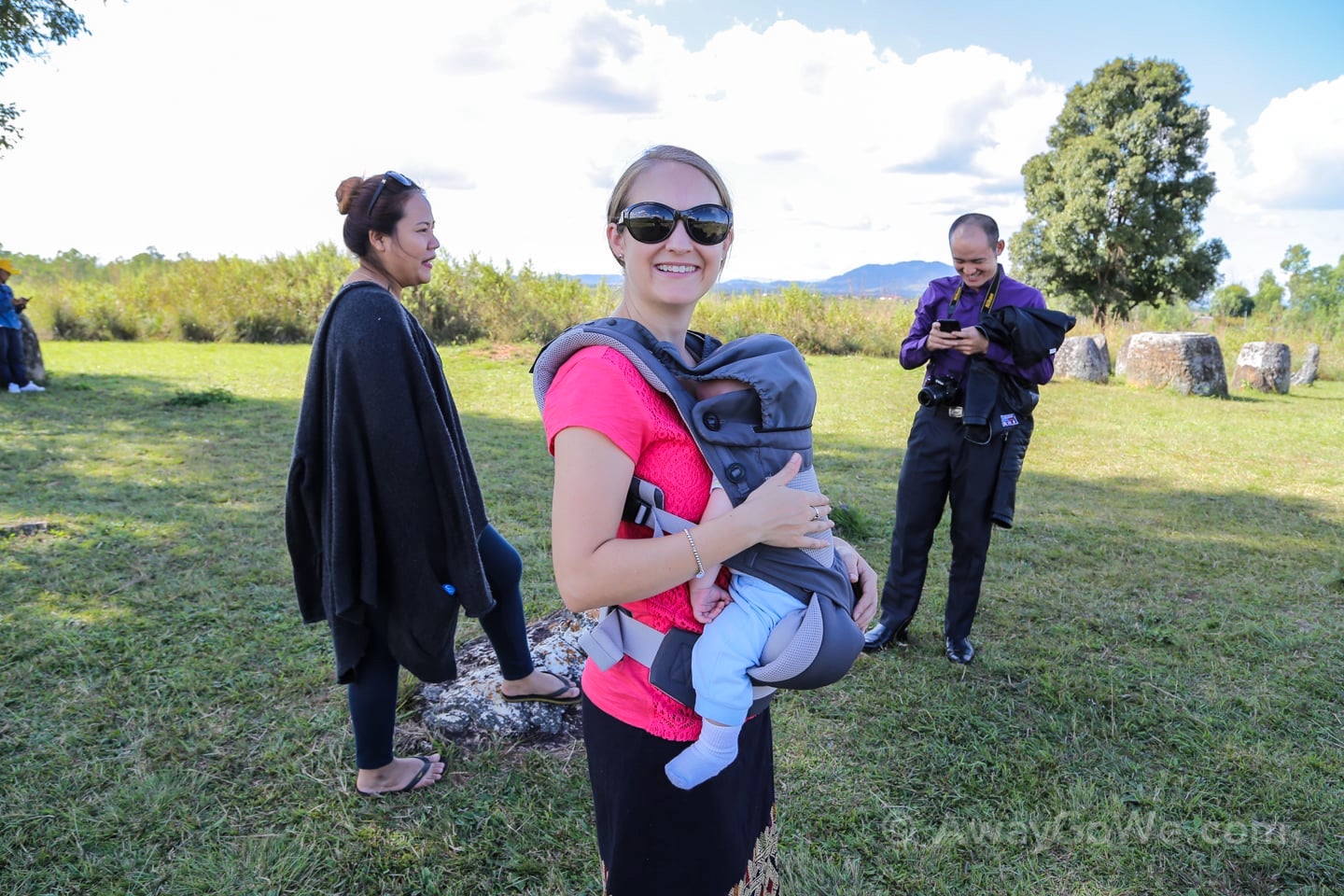
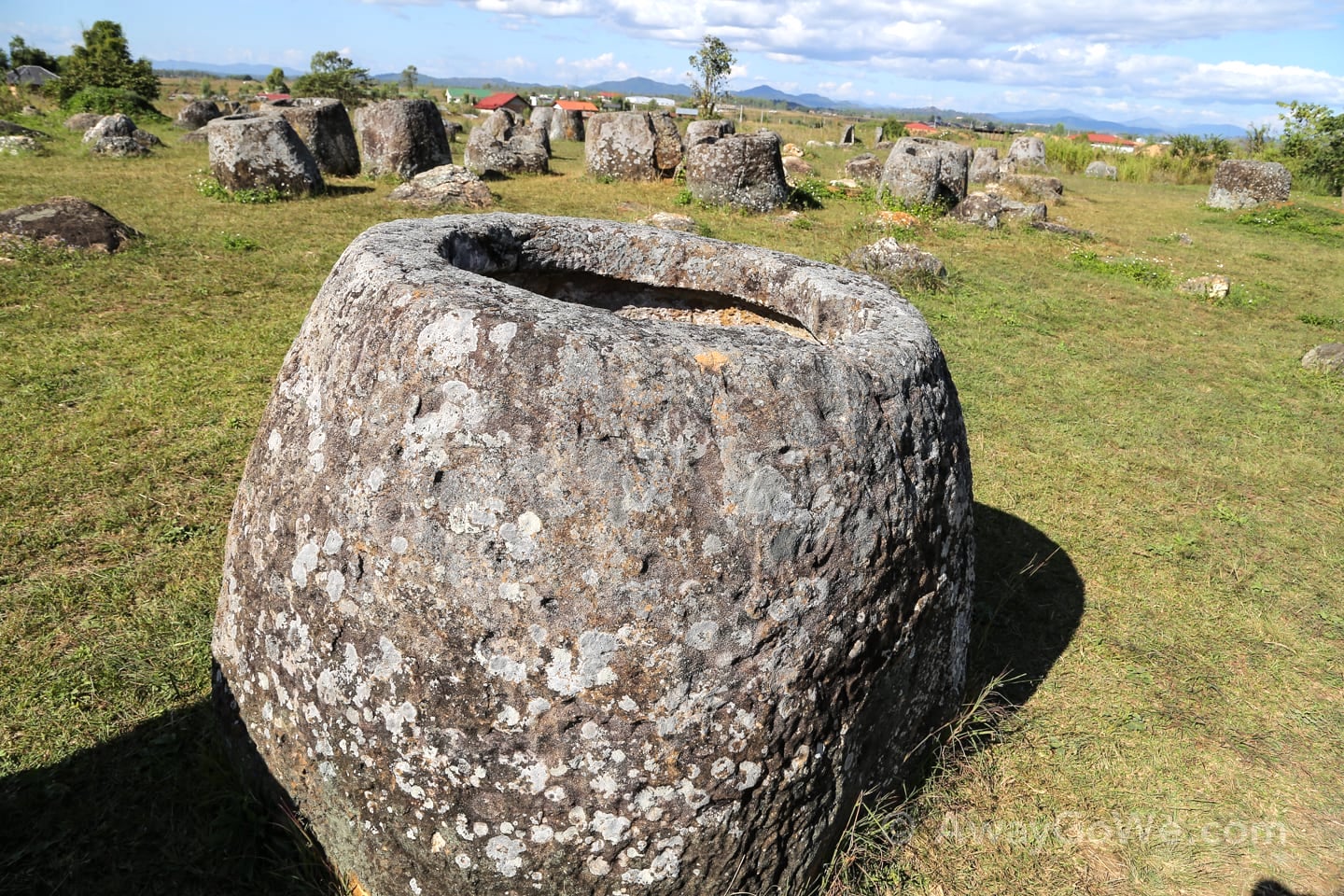
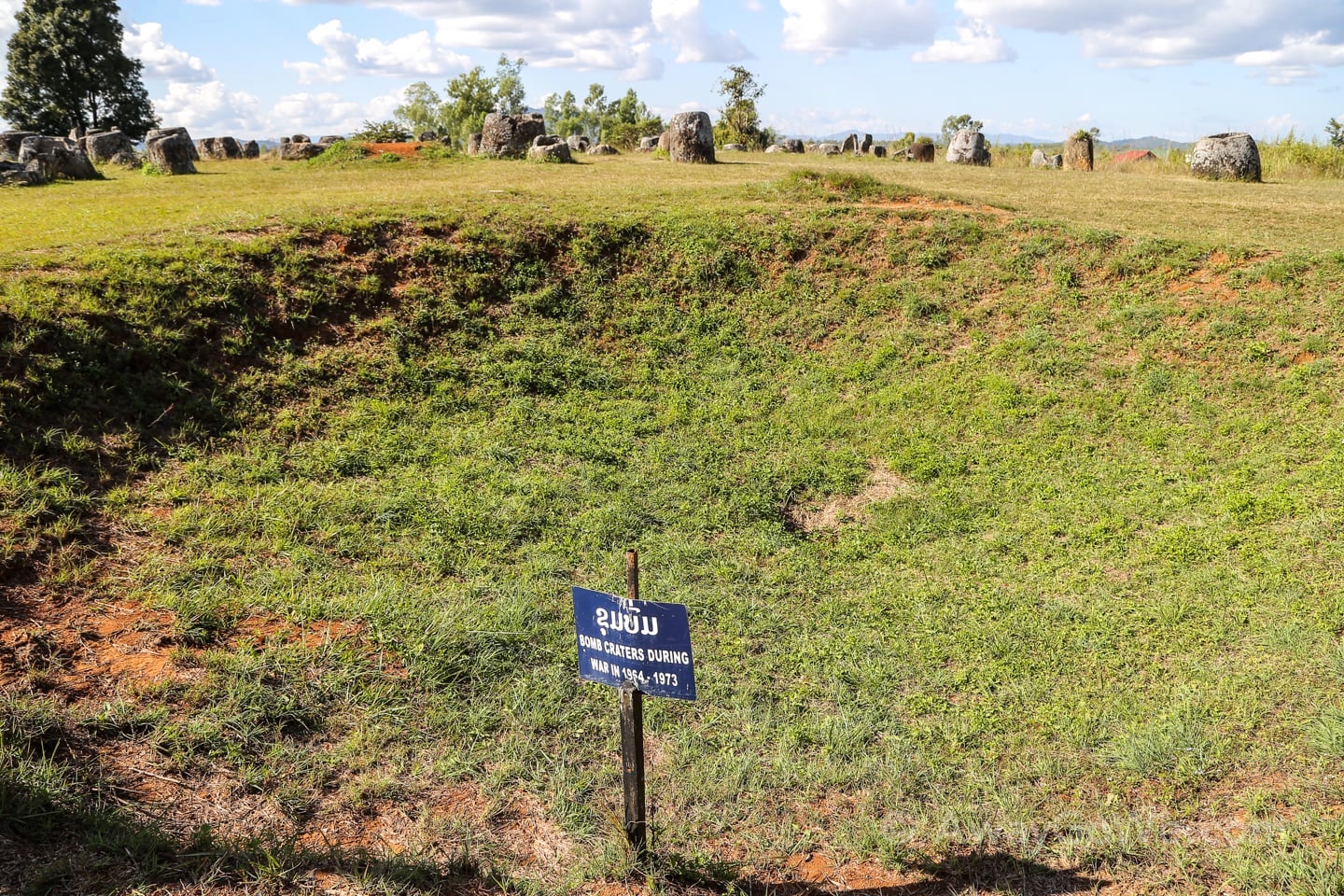
As seems to be the case with every tourist draw in Laos, there’s a cave to poke your head into down a short path from the main archeological site.
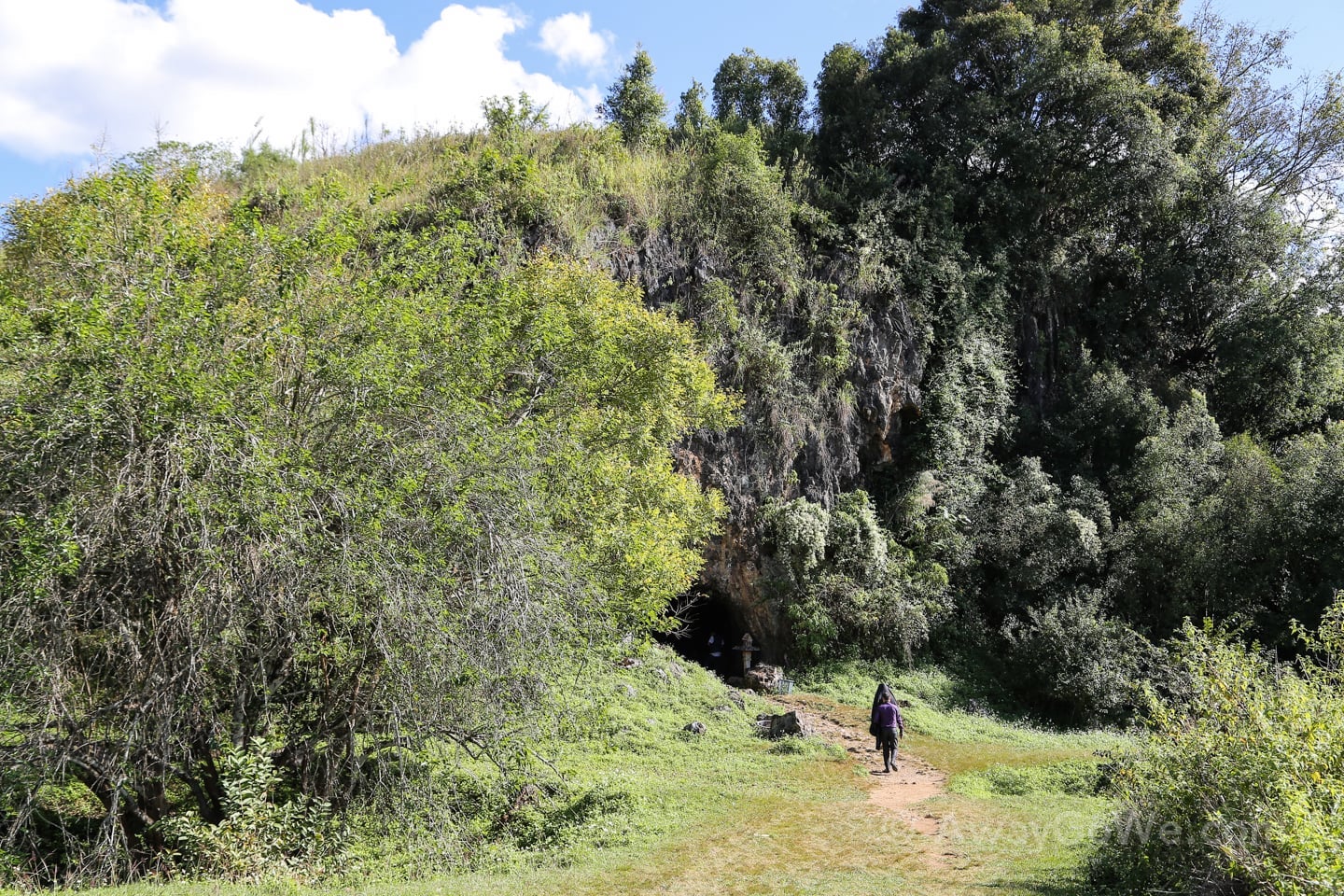
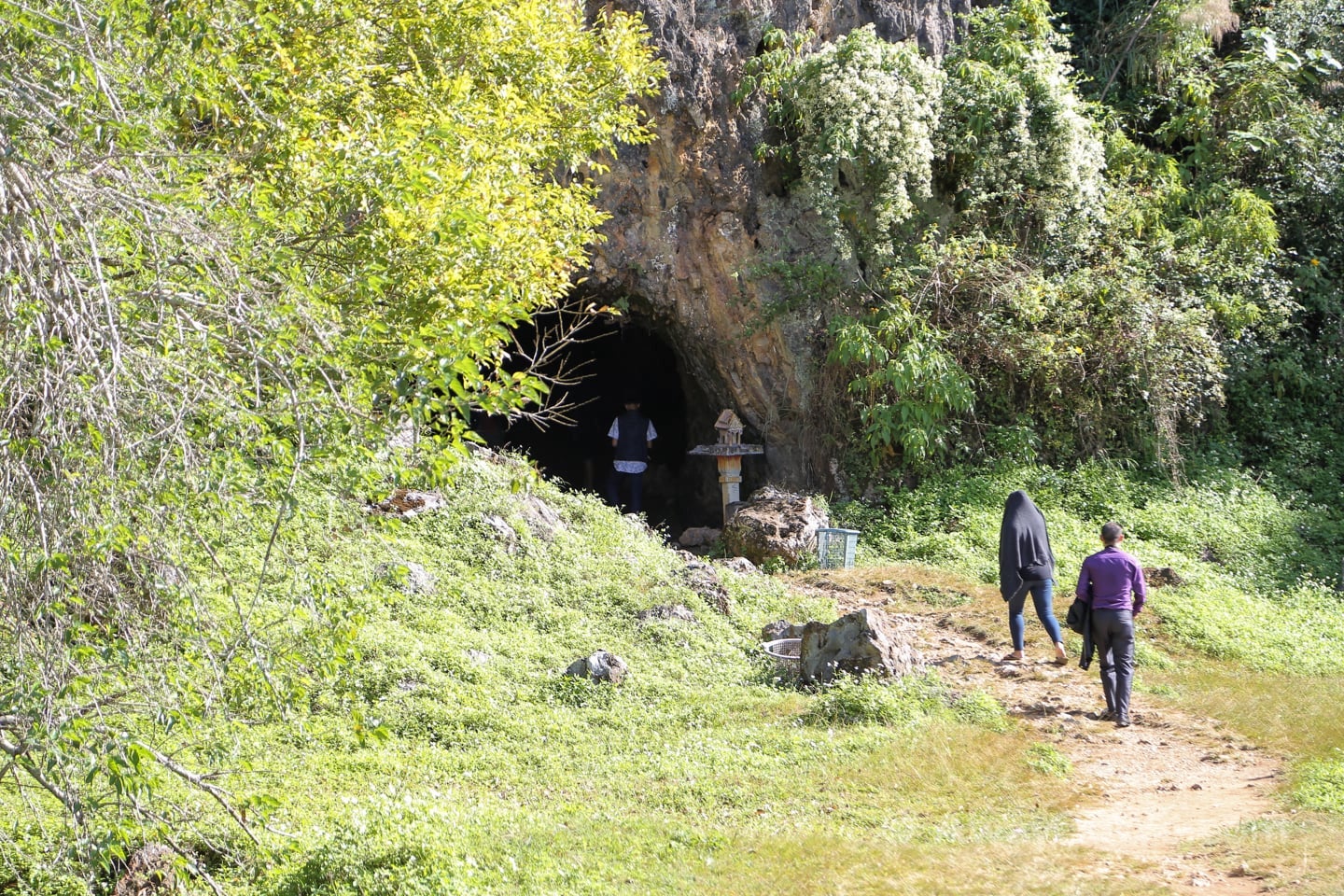
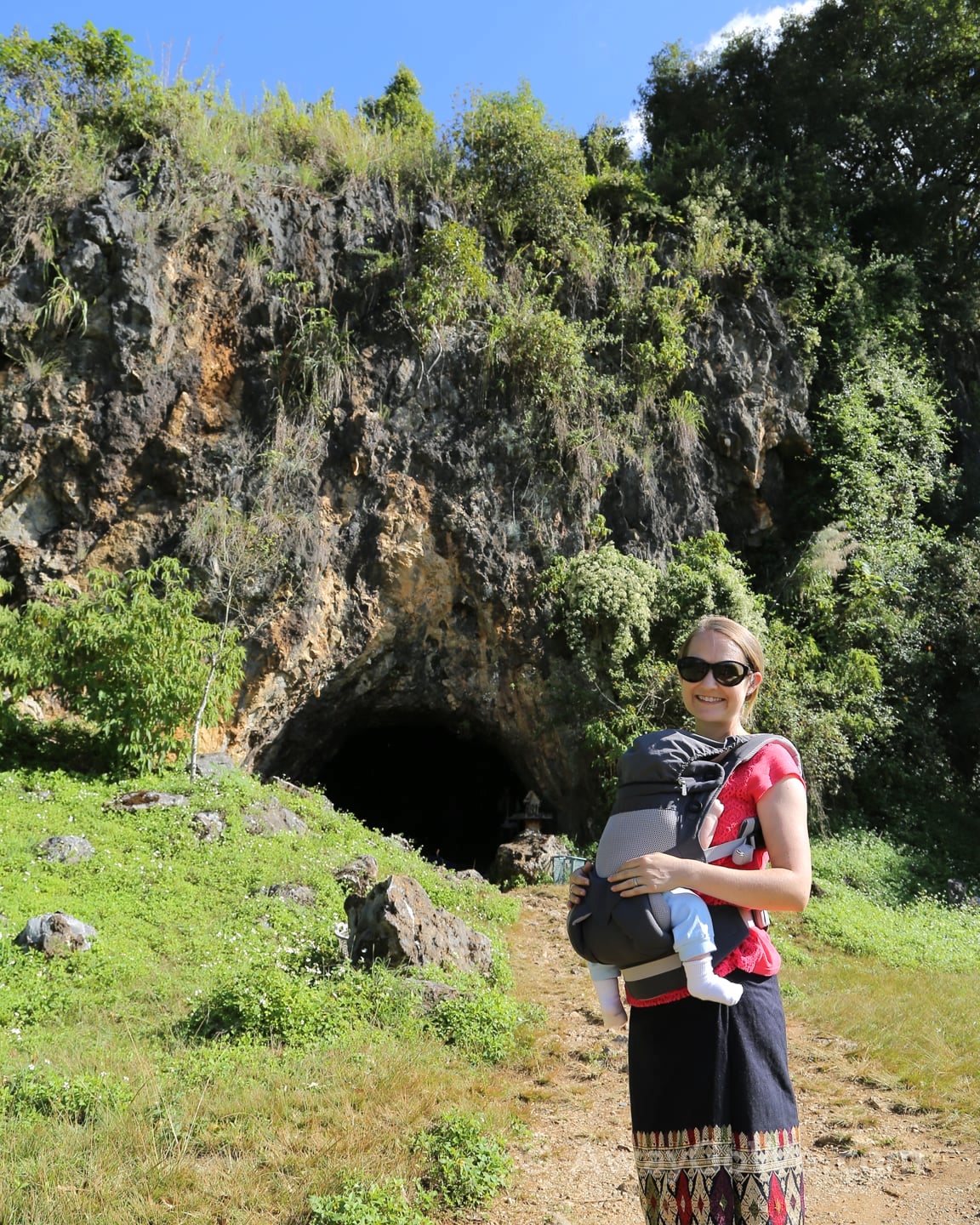
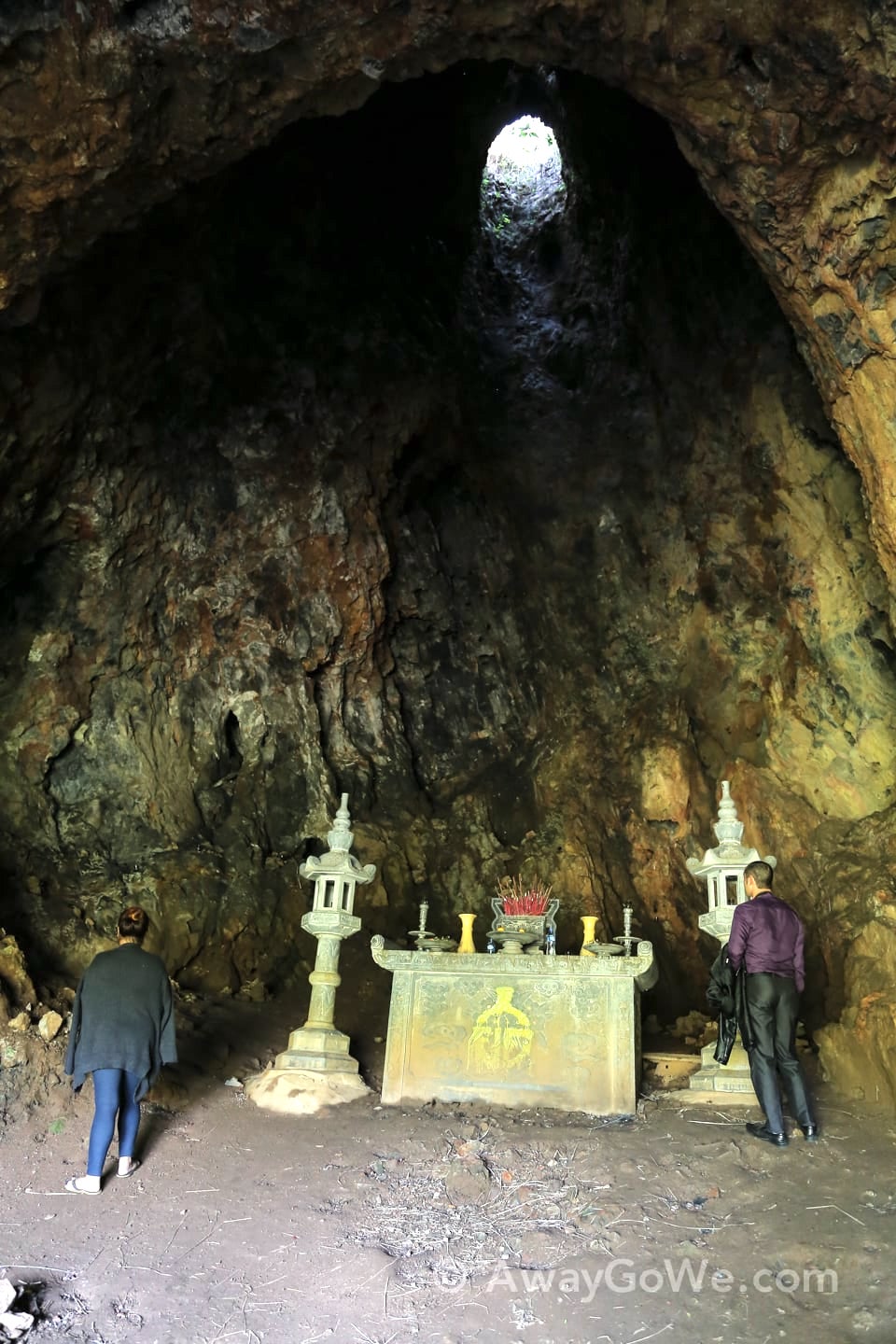
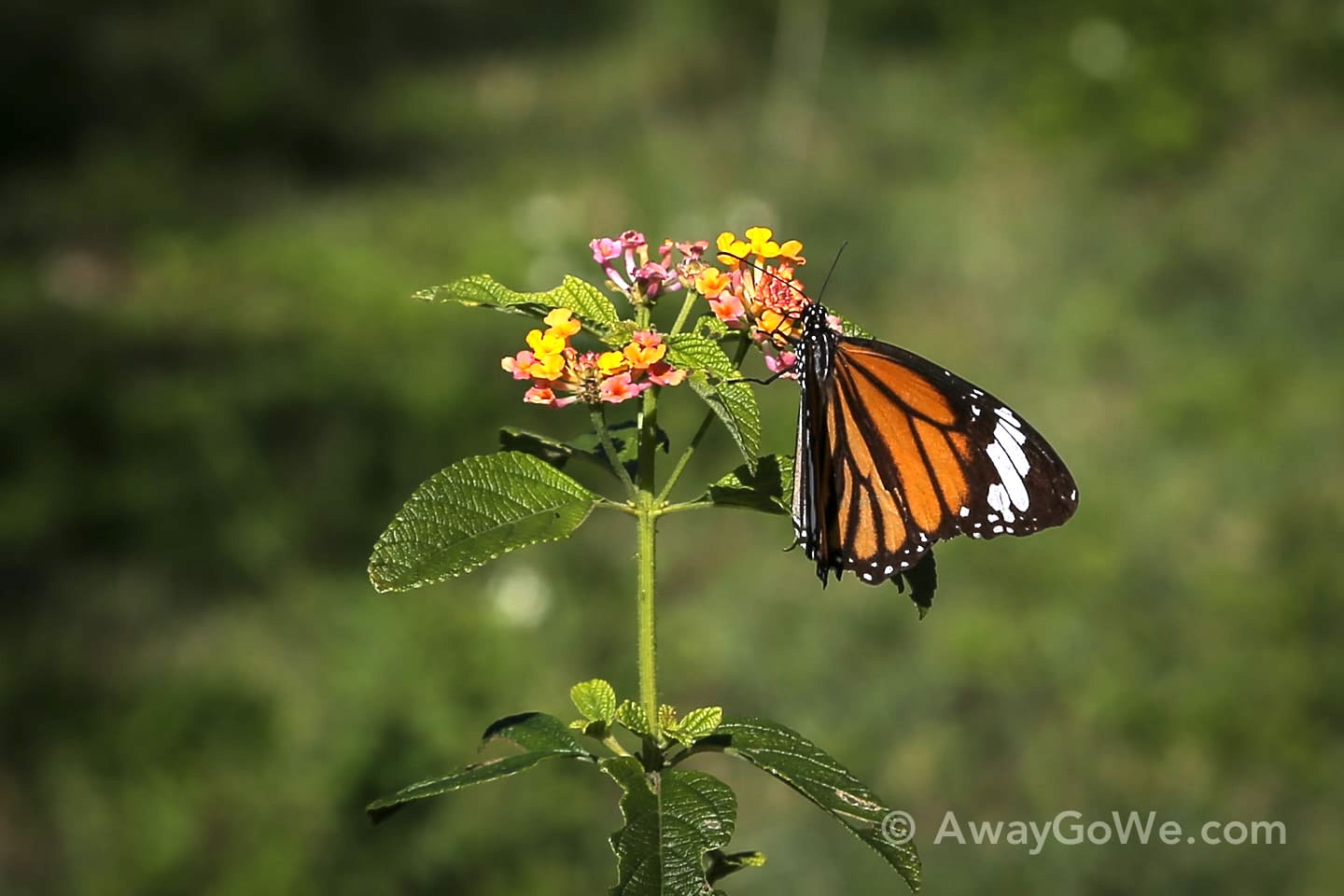
We dropped Lori’s colleagues off at the airport and moved our stuff across the street to Nice Guesthouse.
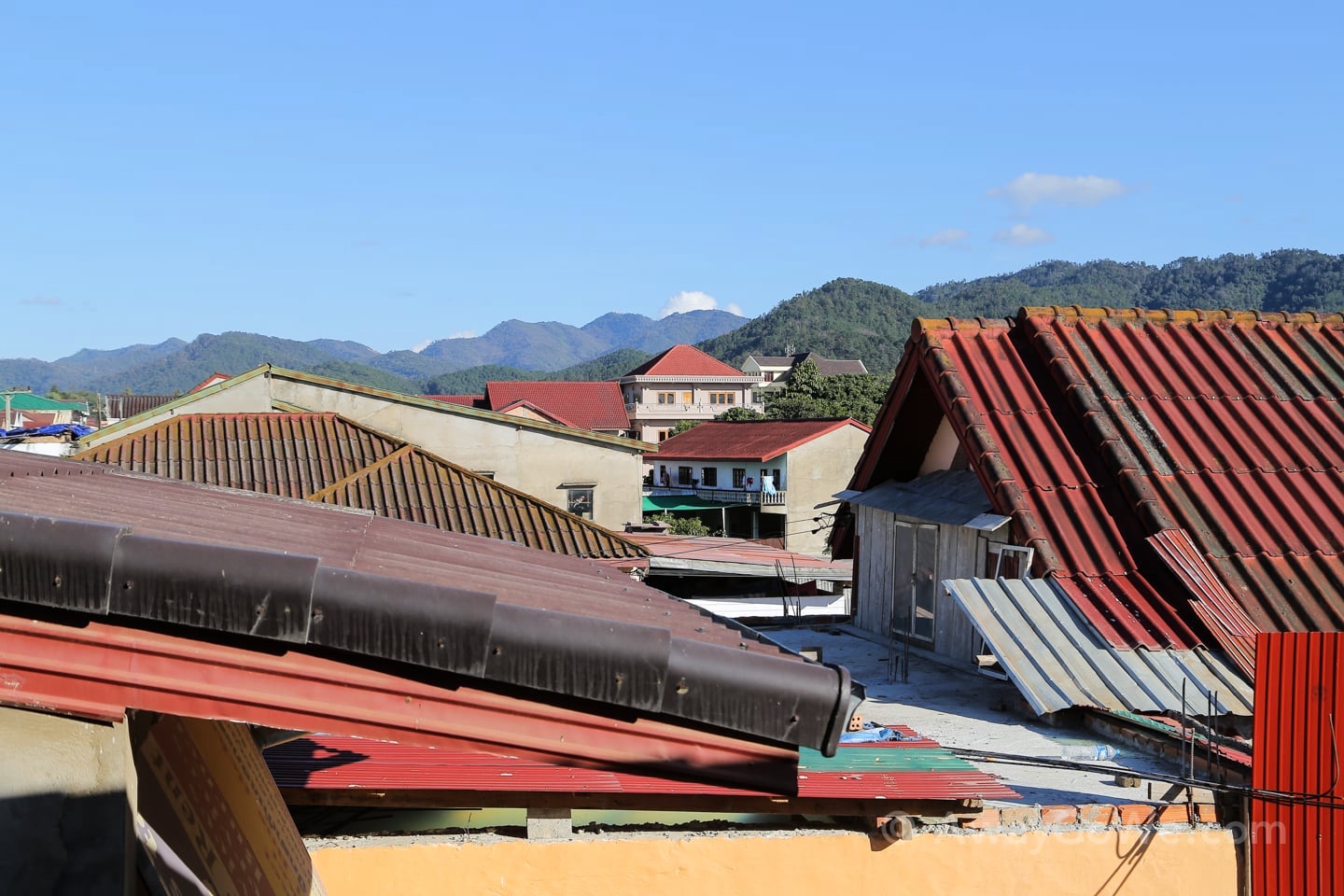
Clean, basic and inexpensive rooms in the heart of Phonsavan with a good view of the main drag and surrounding hills.
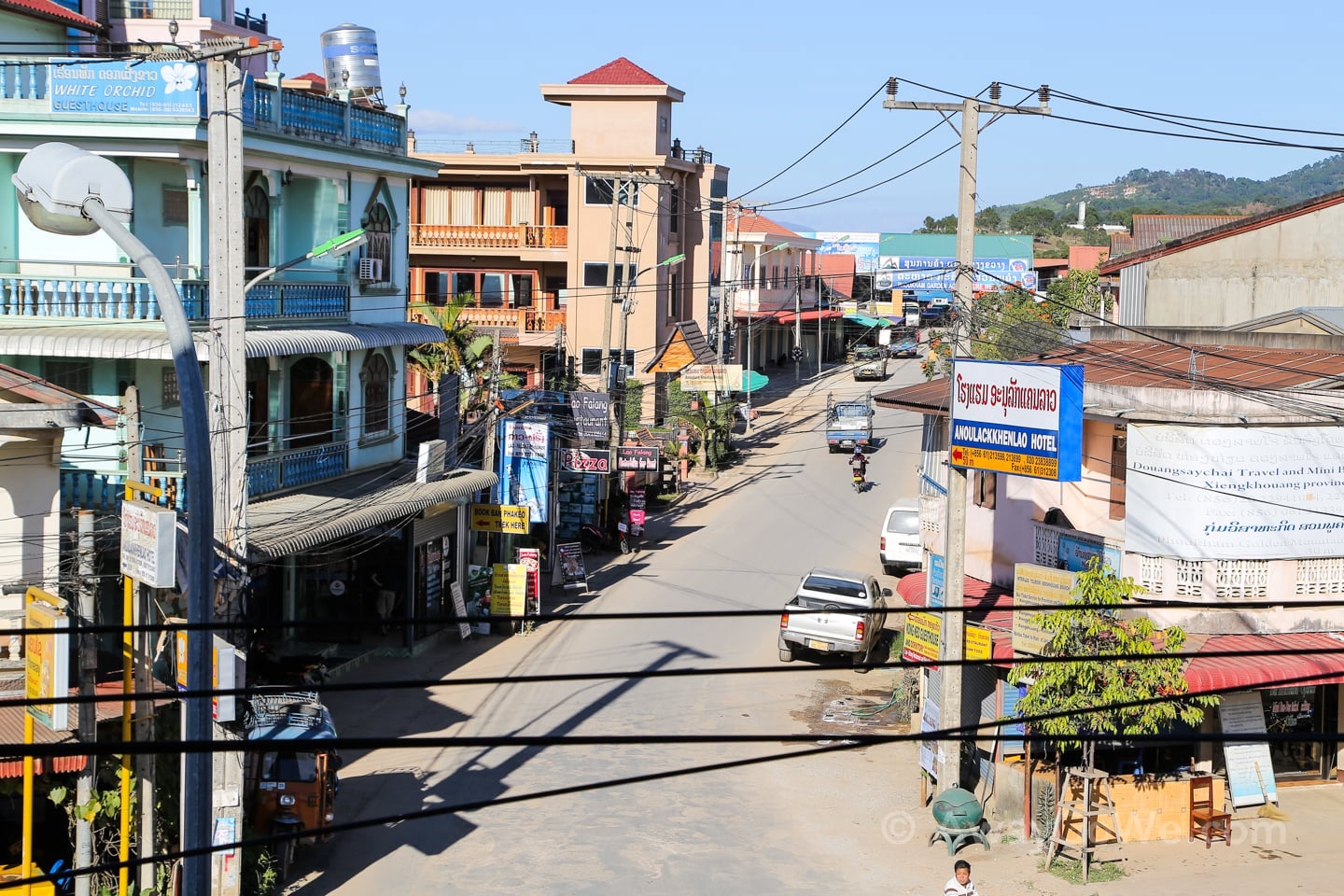
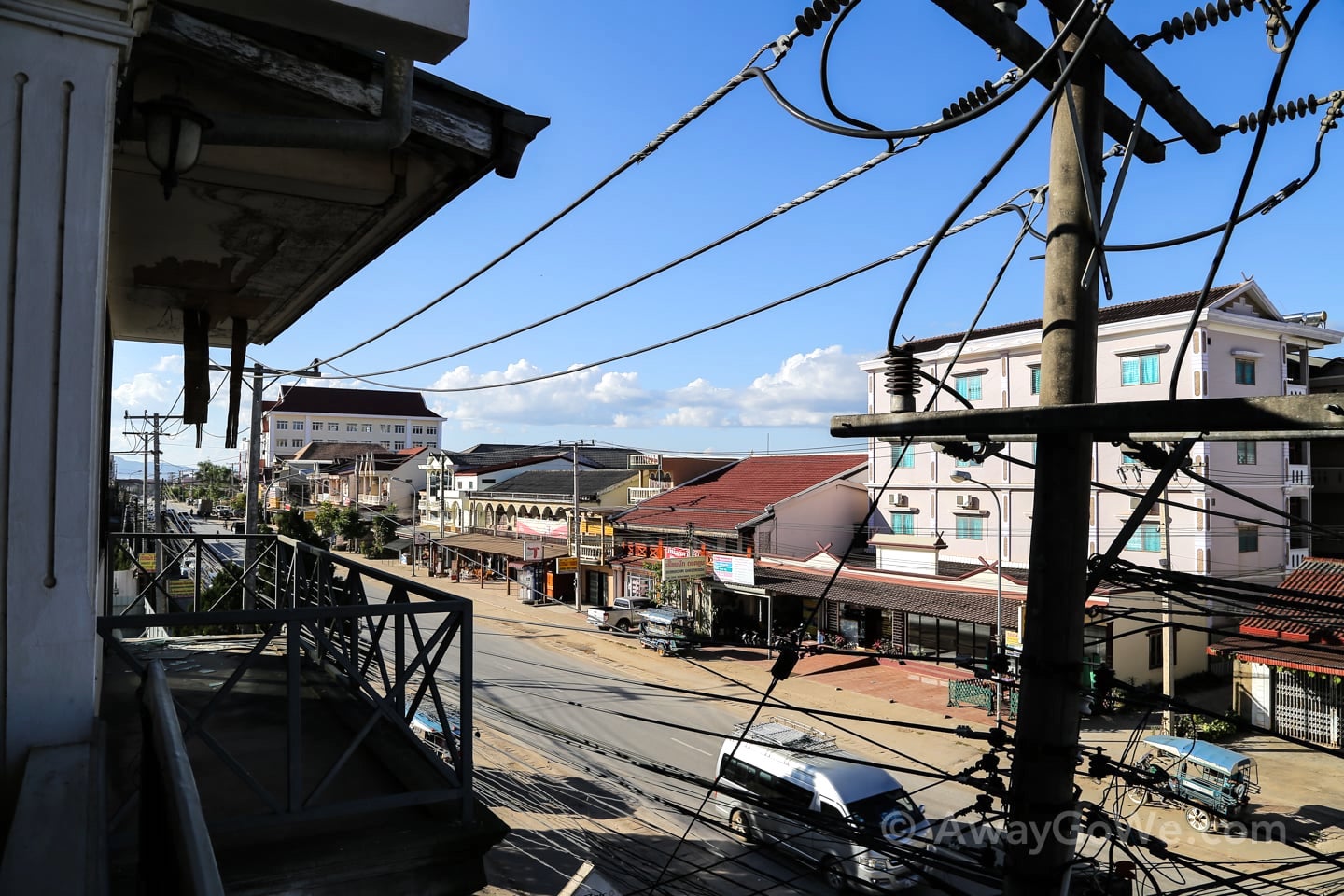
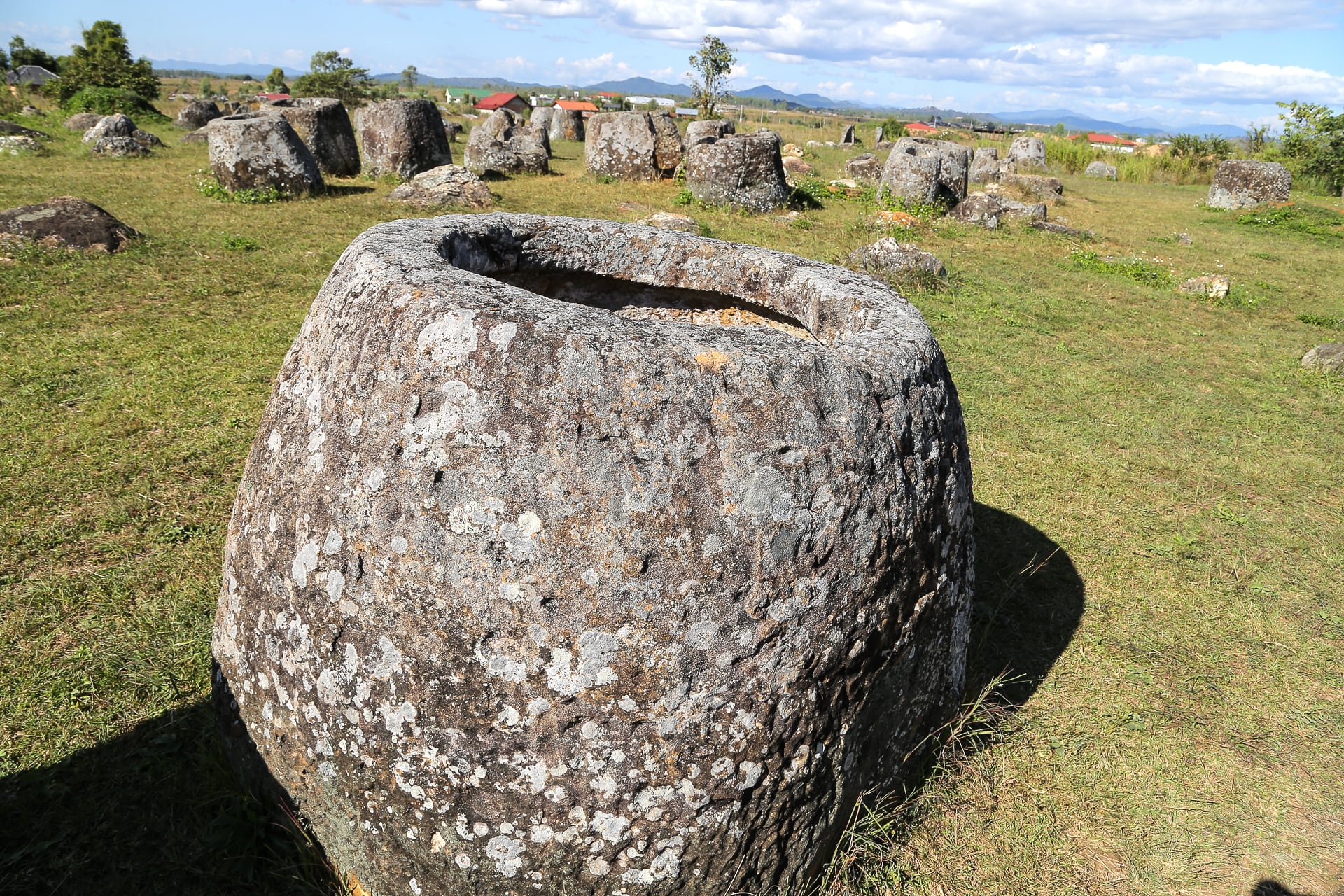
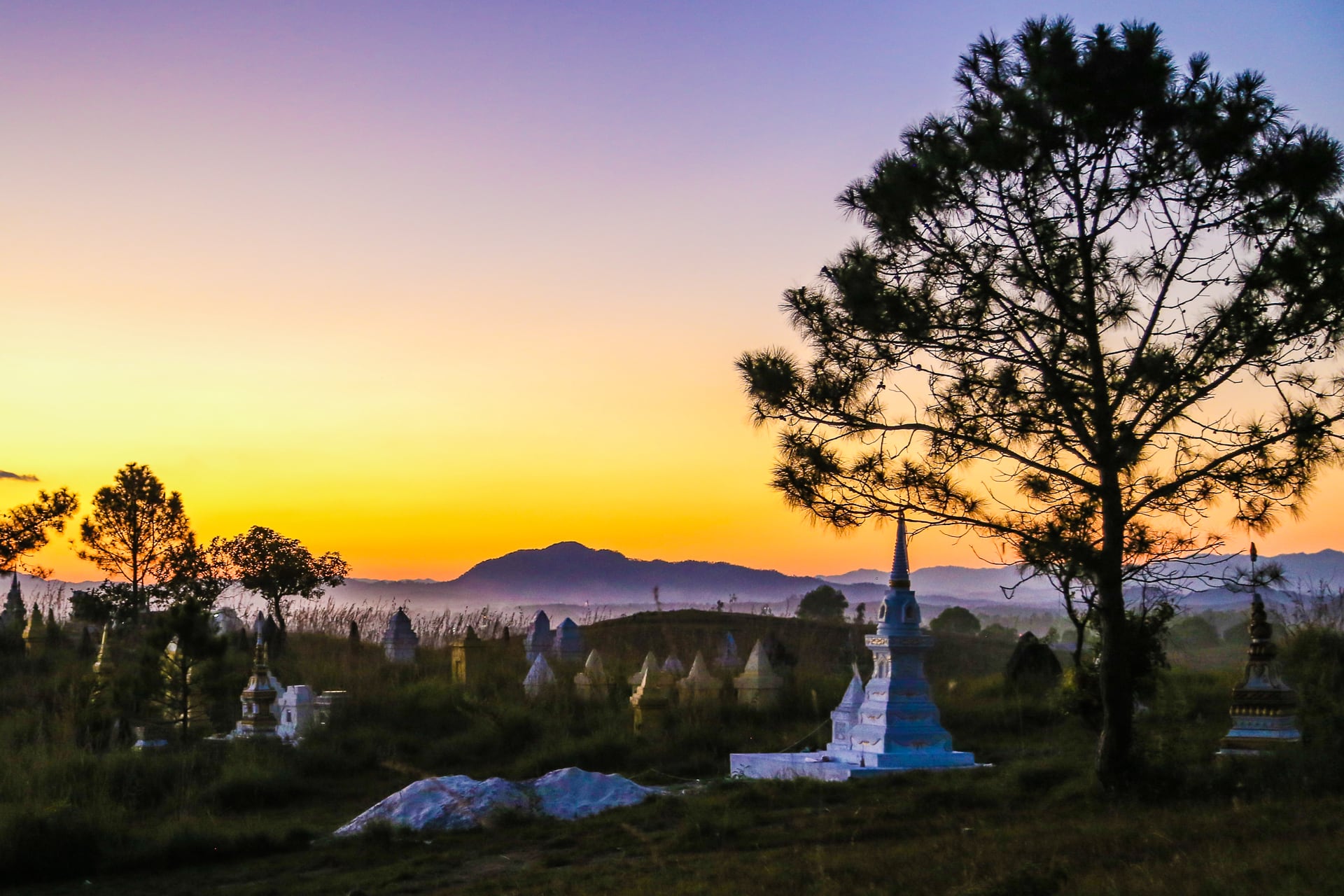
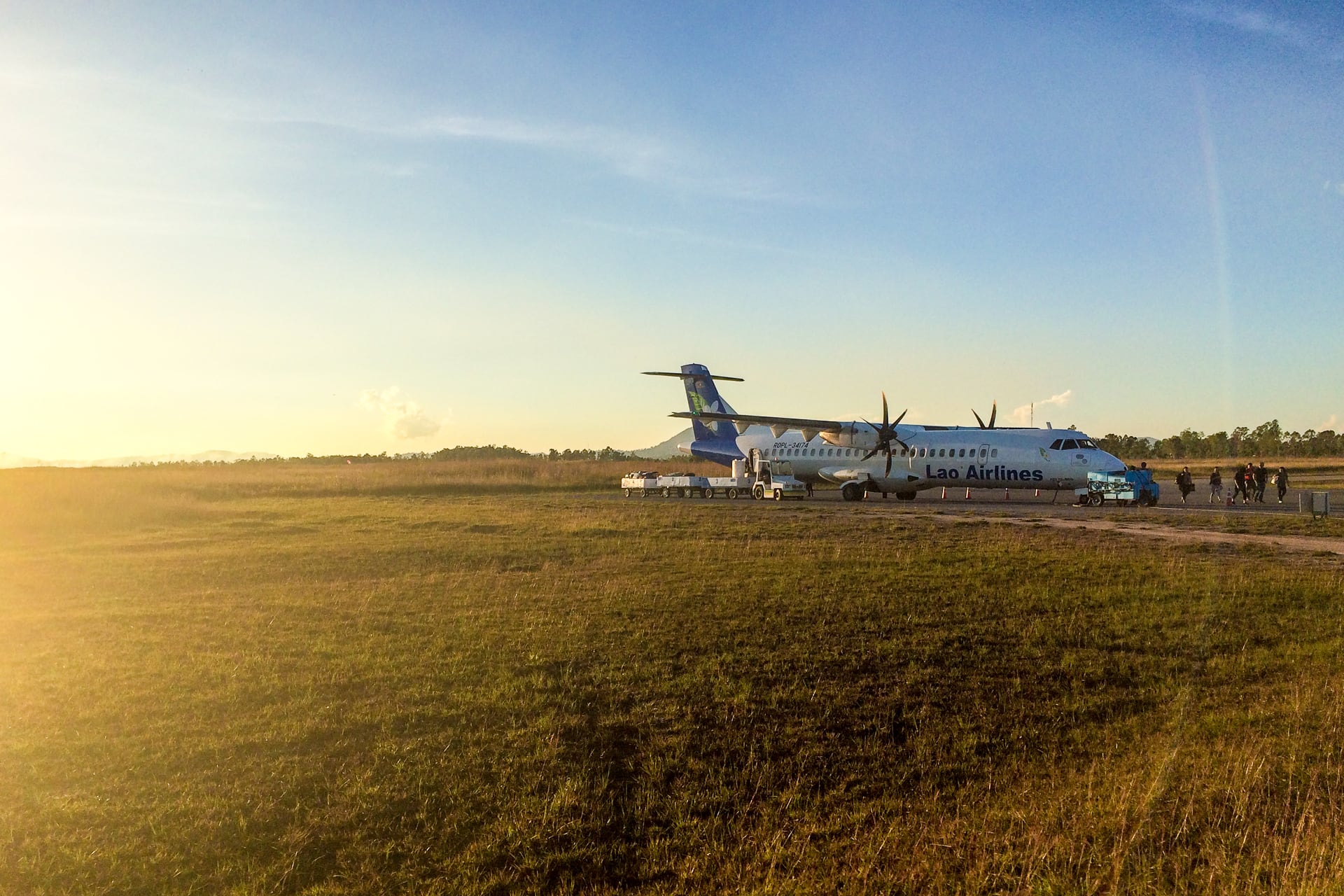
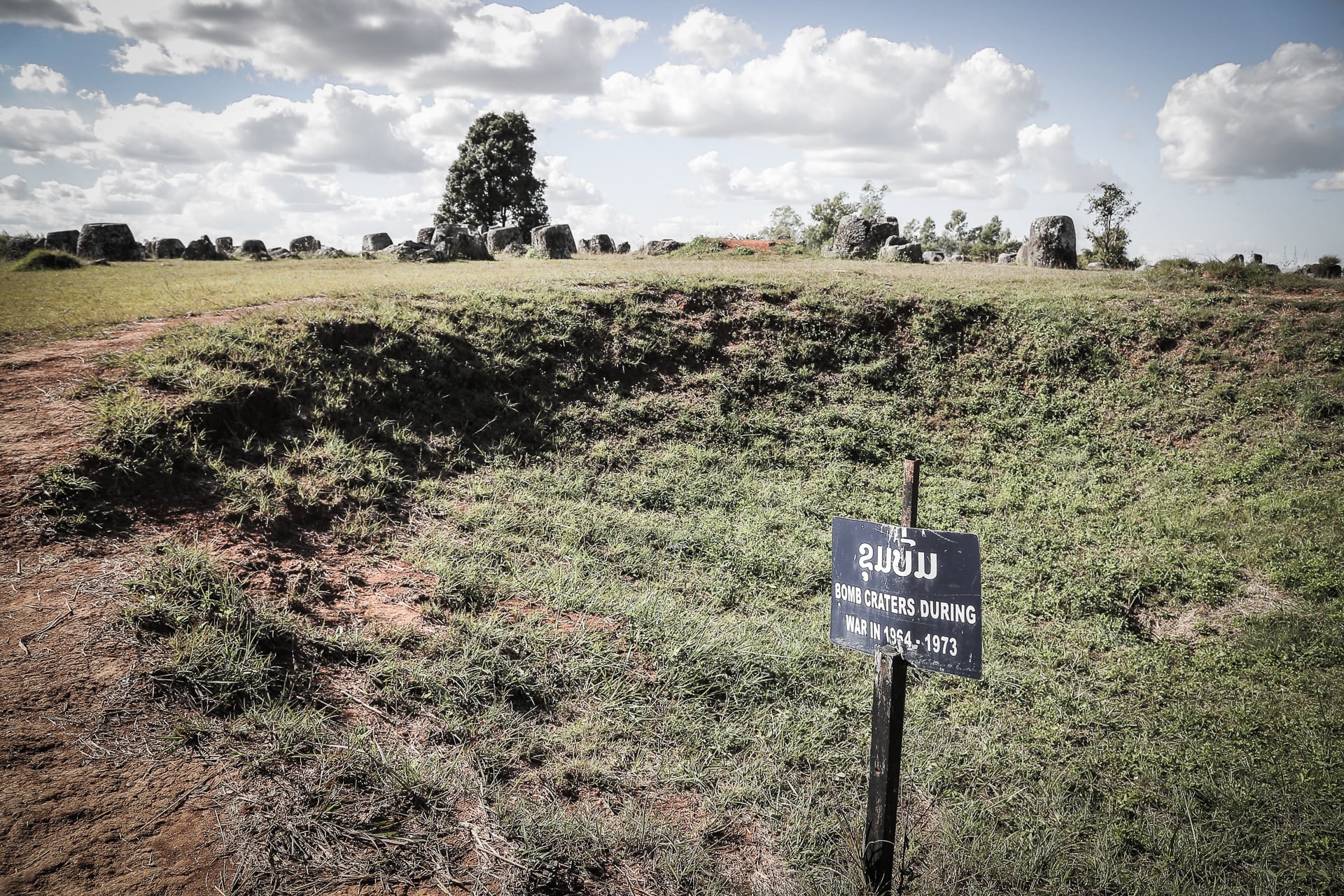
What an amazing area!! Thanks for sharing around round of incredible pictures!!